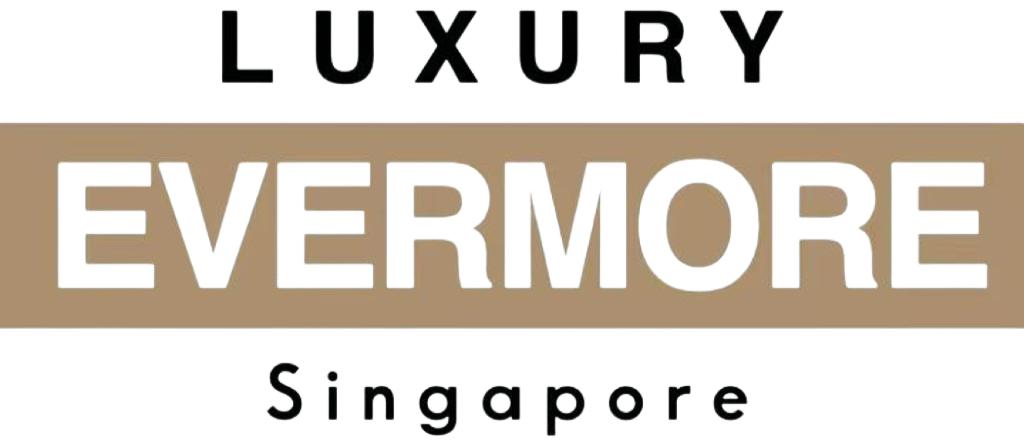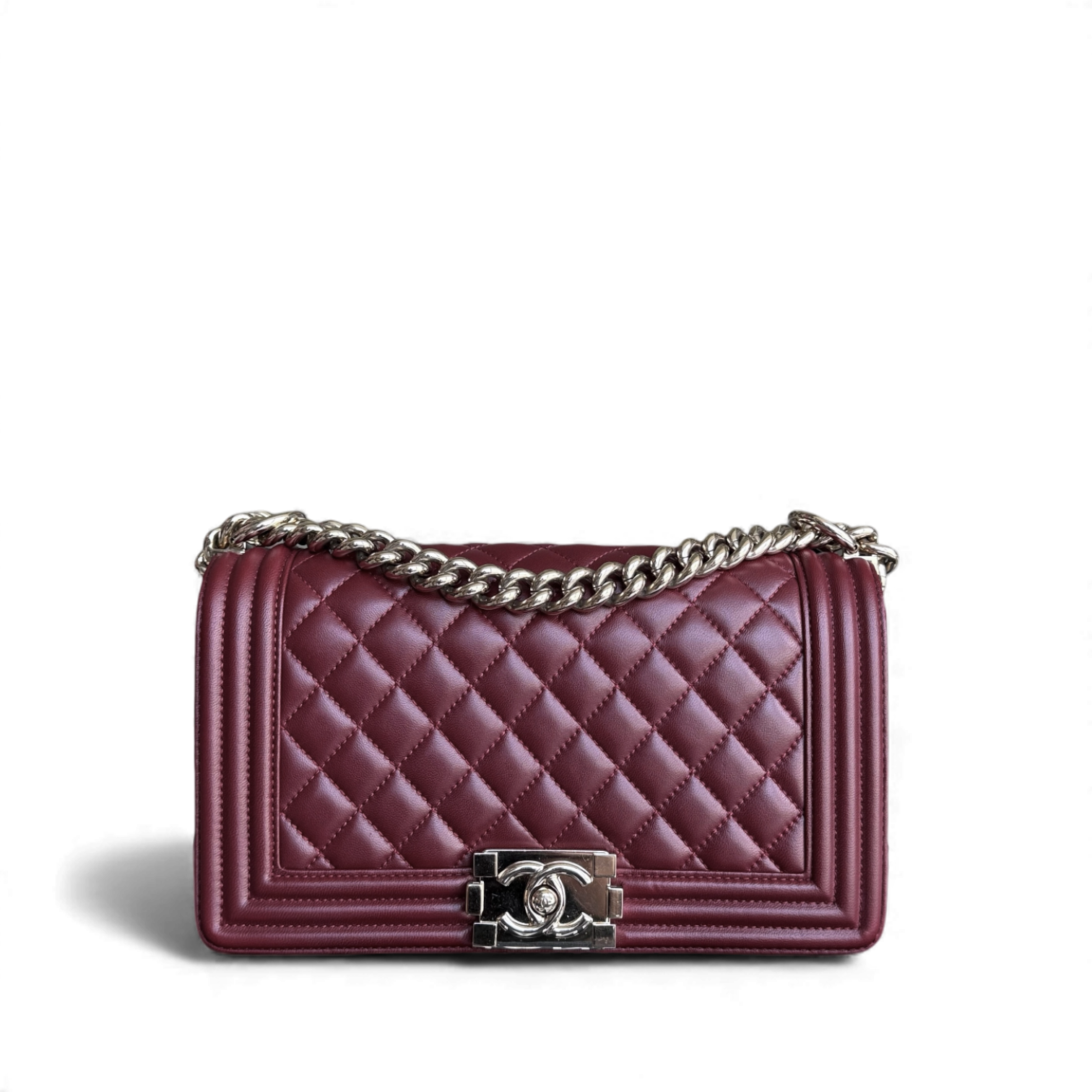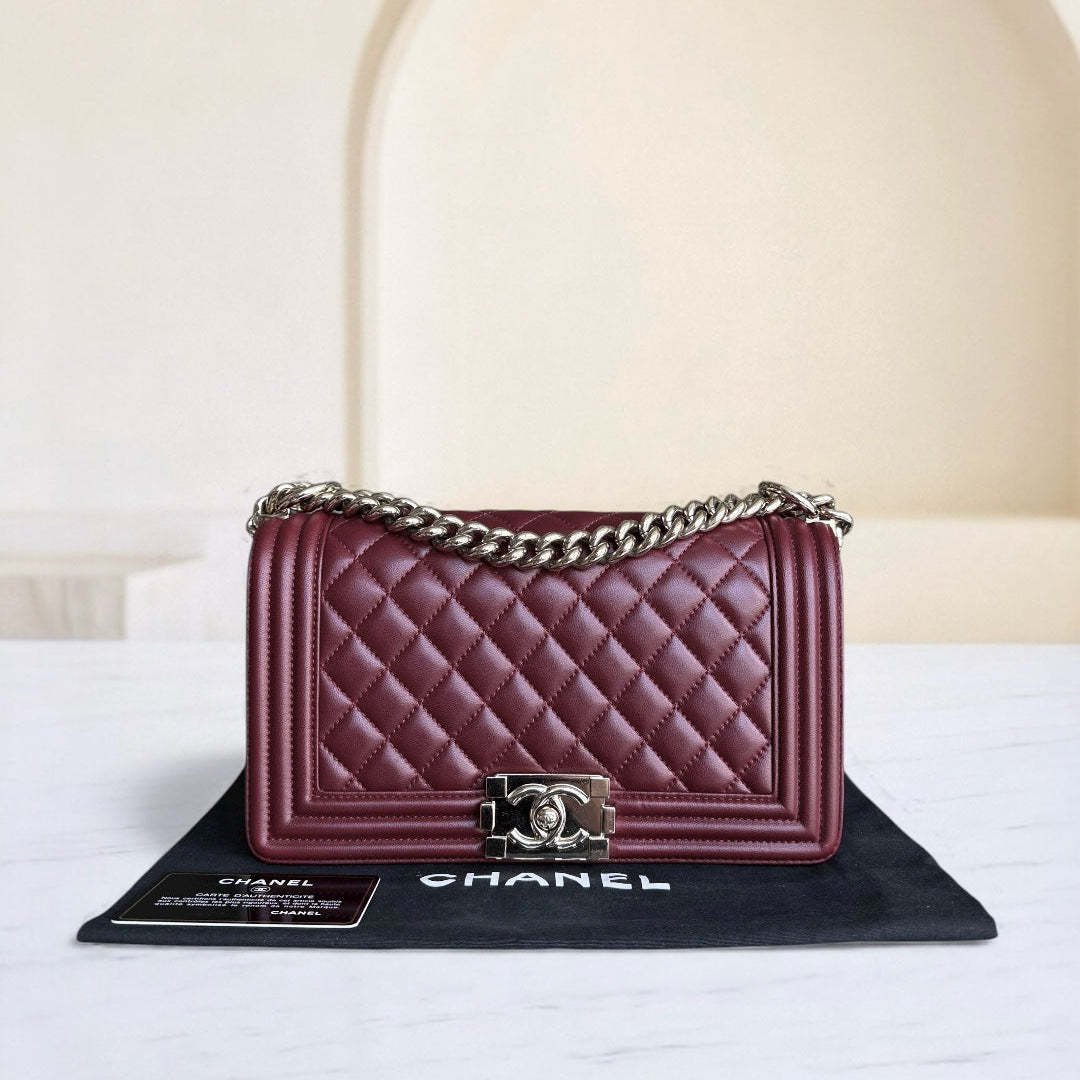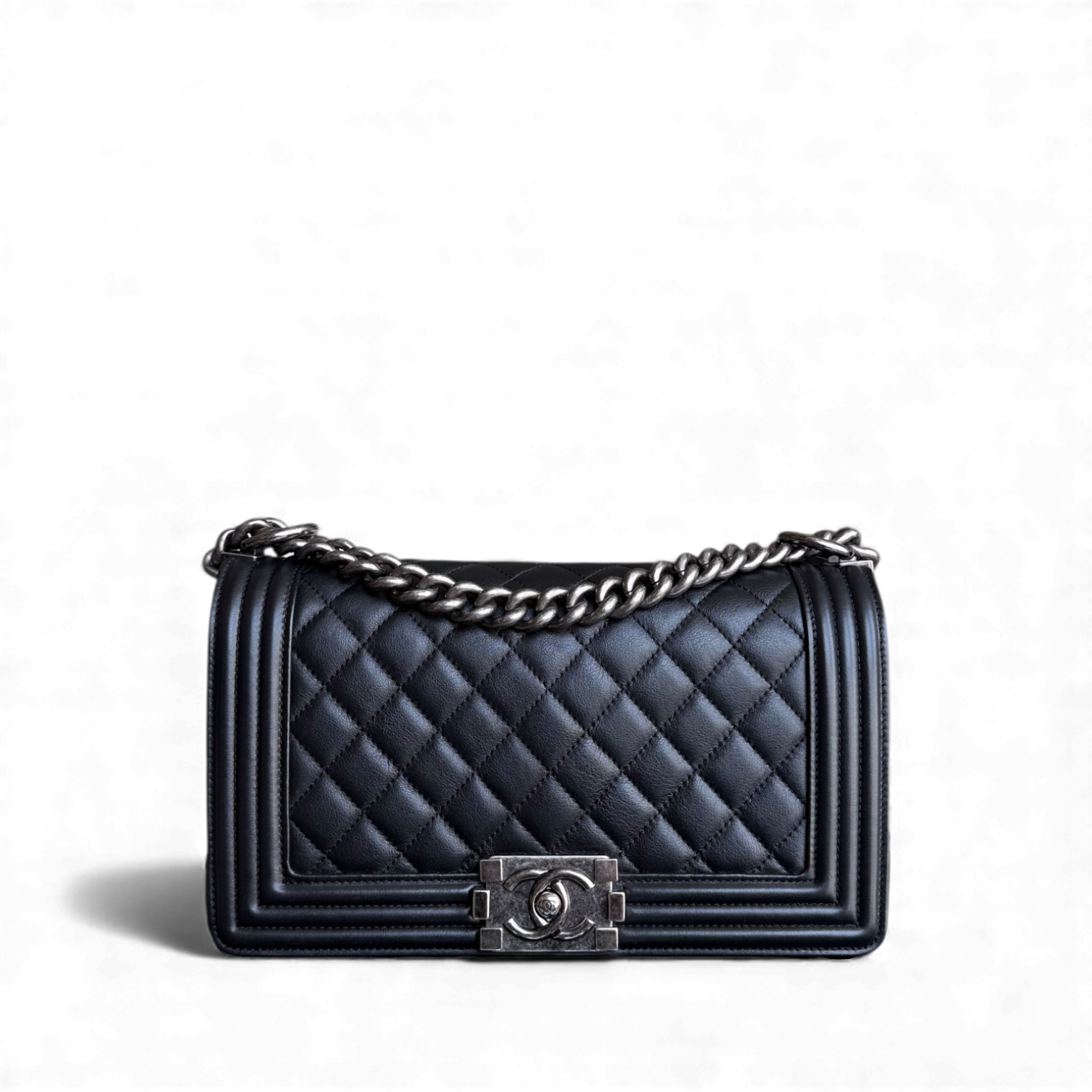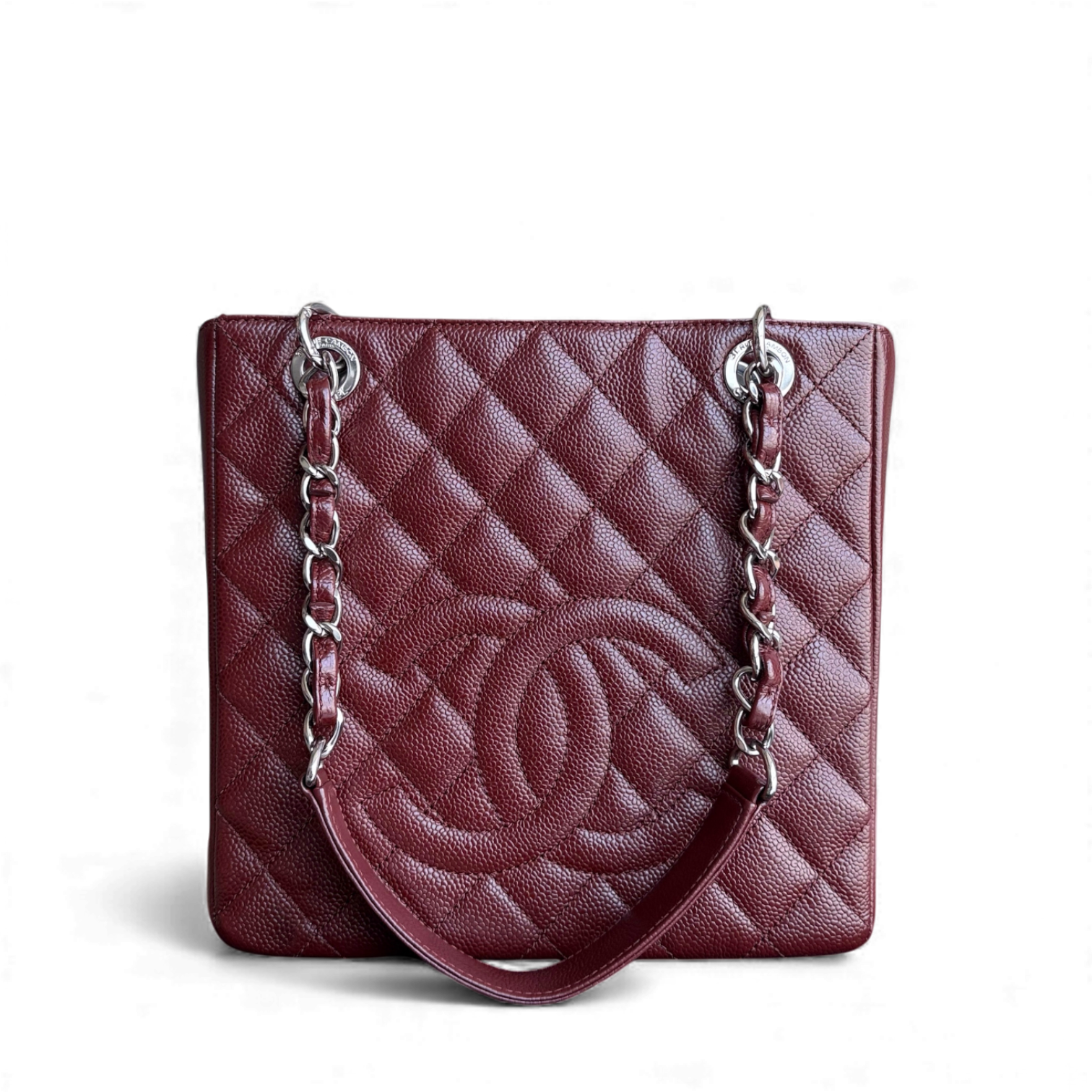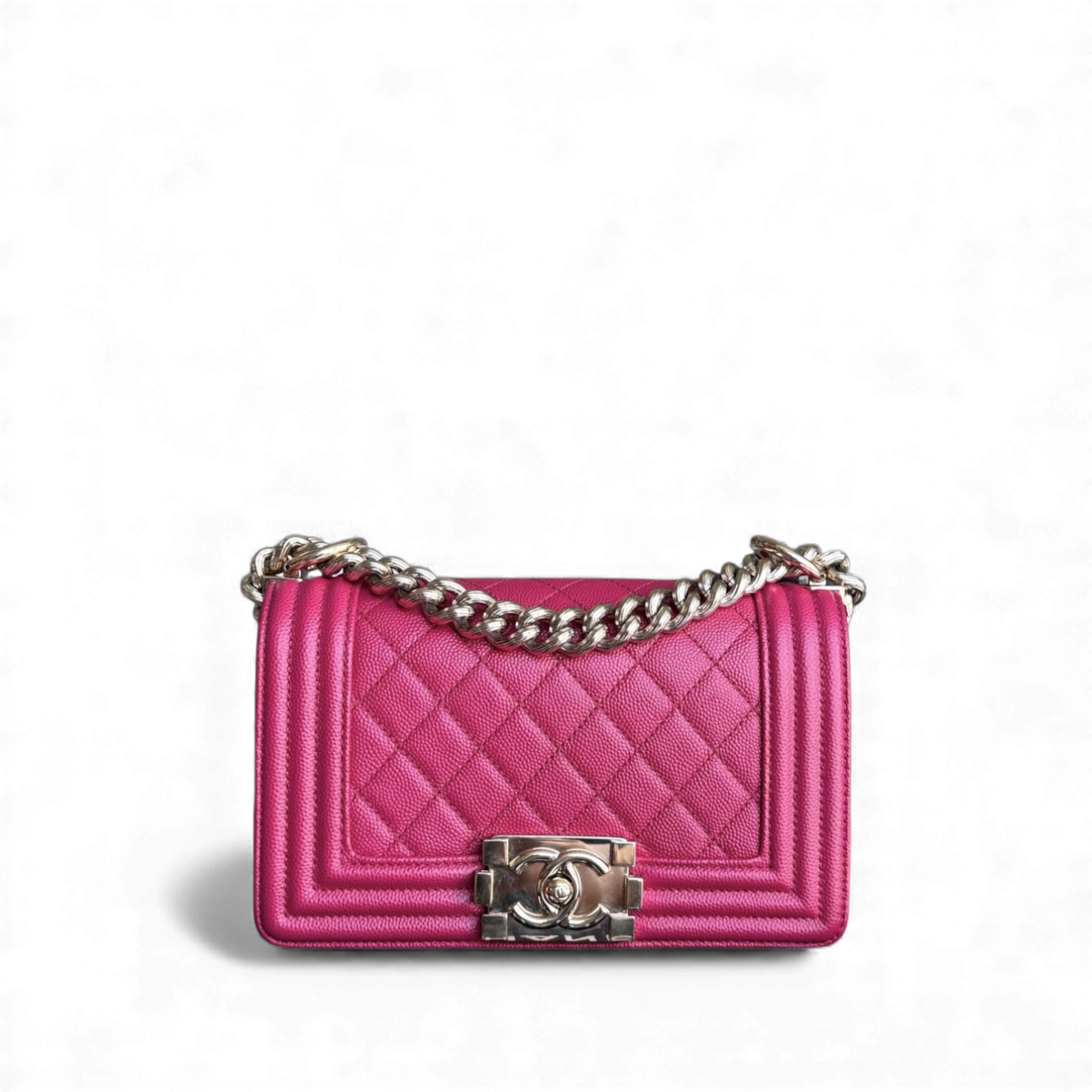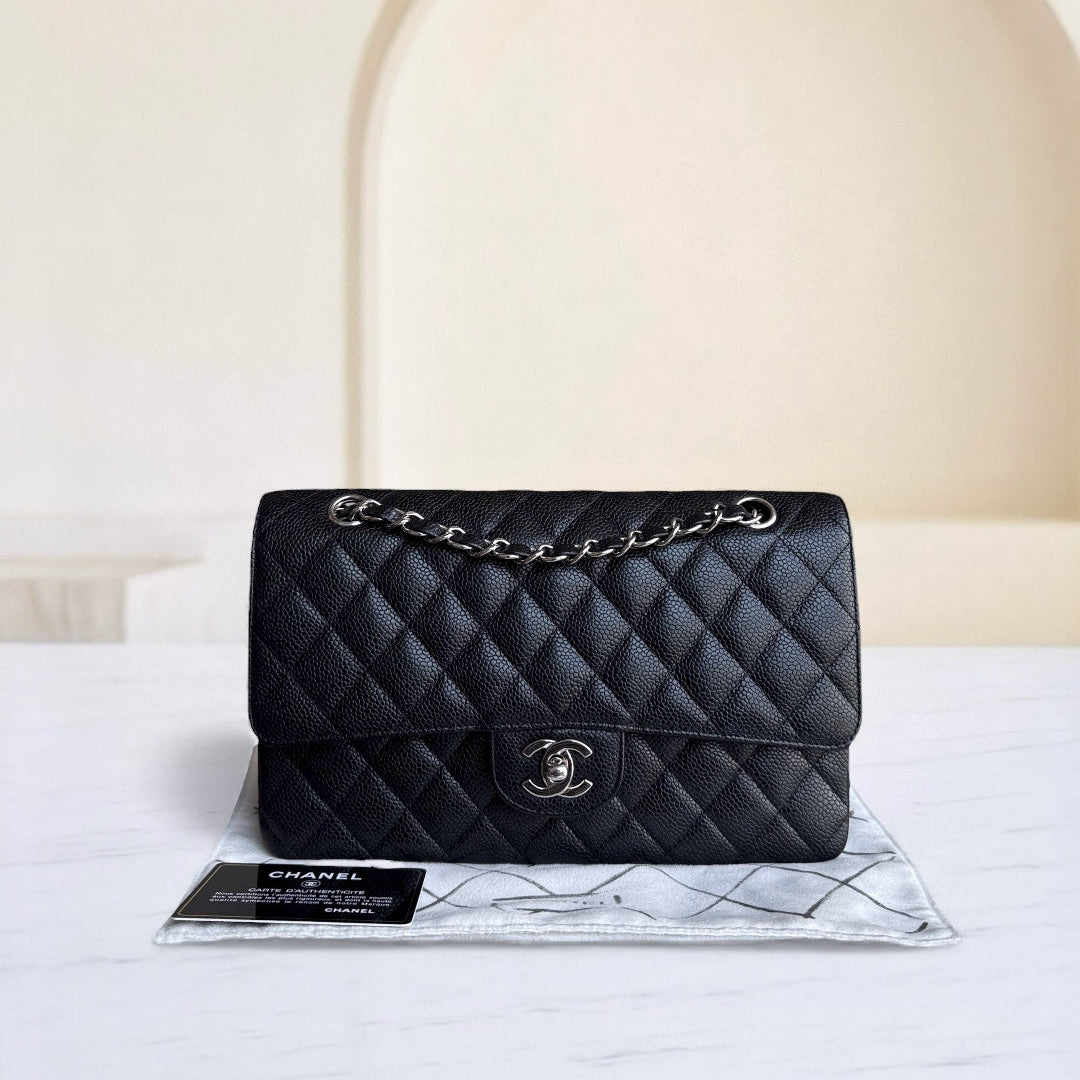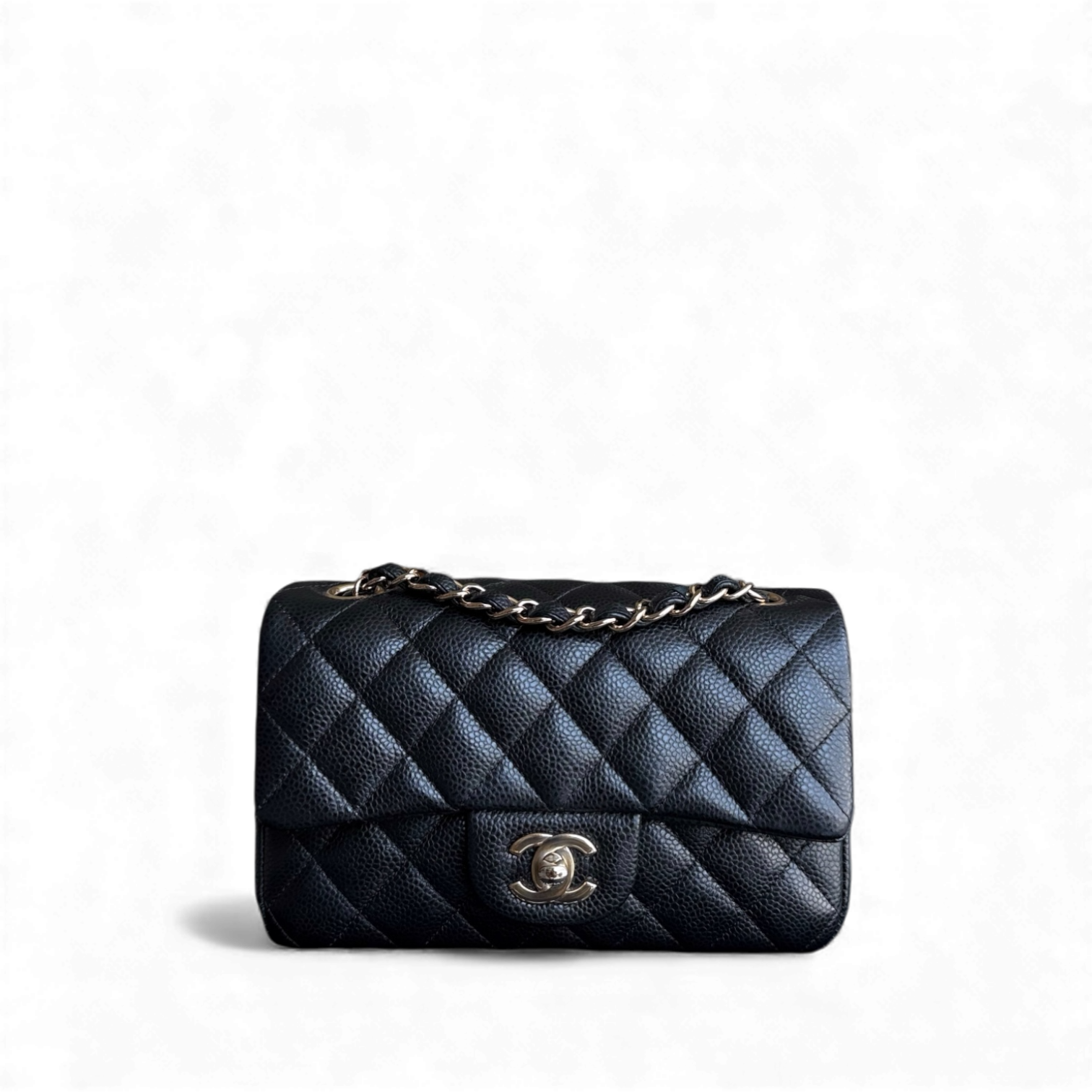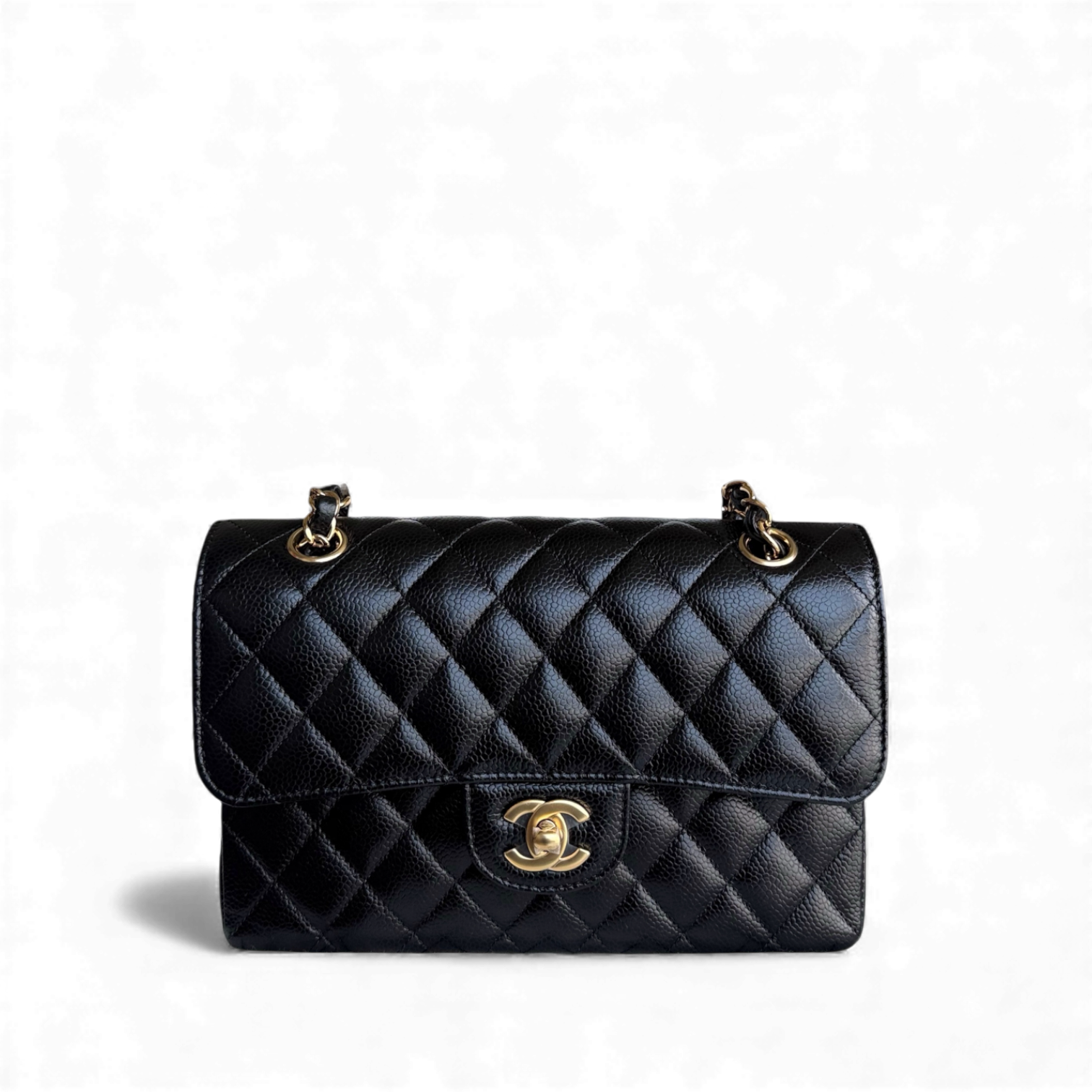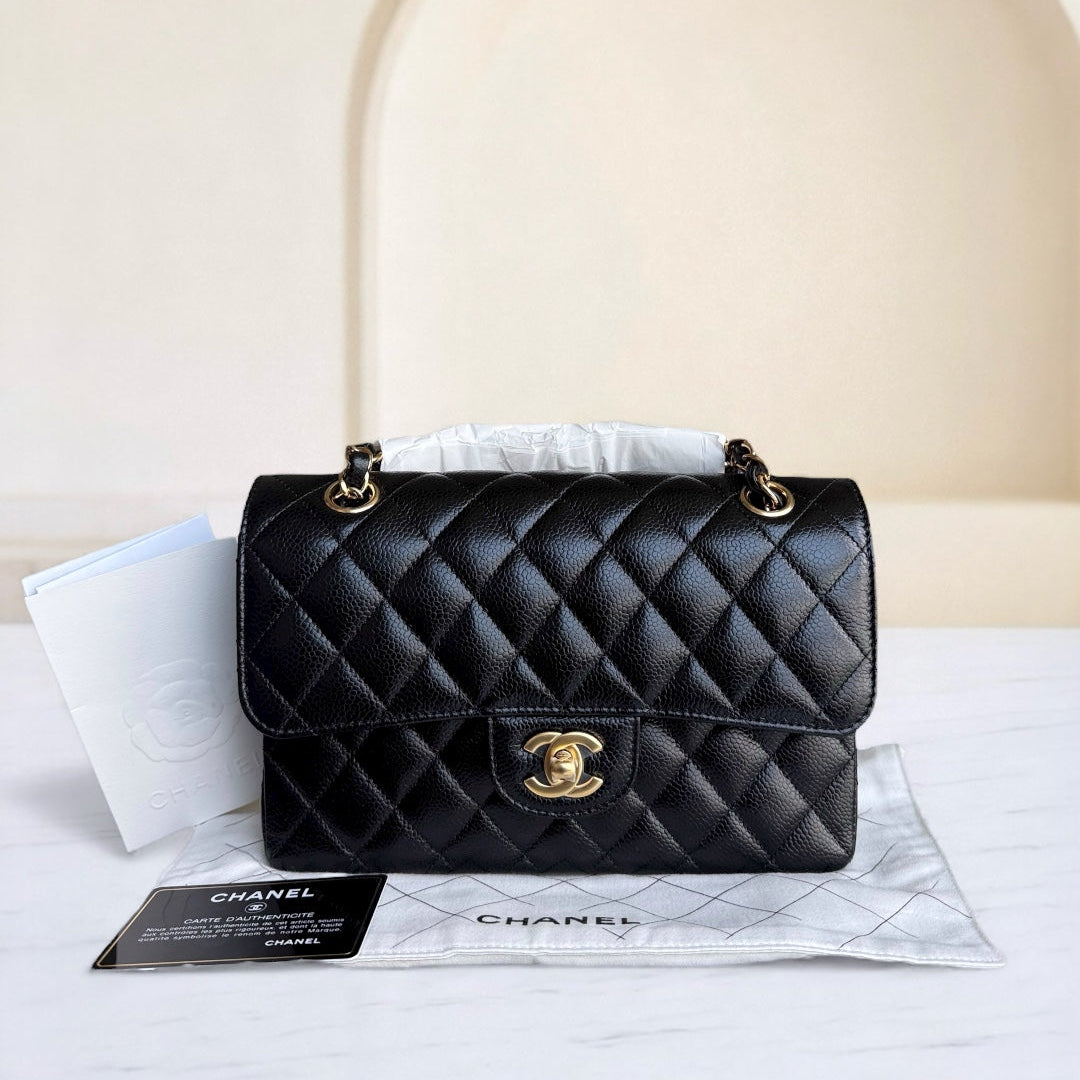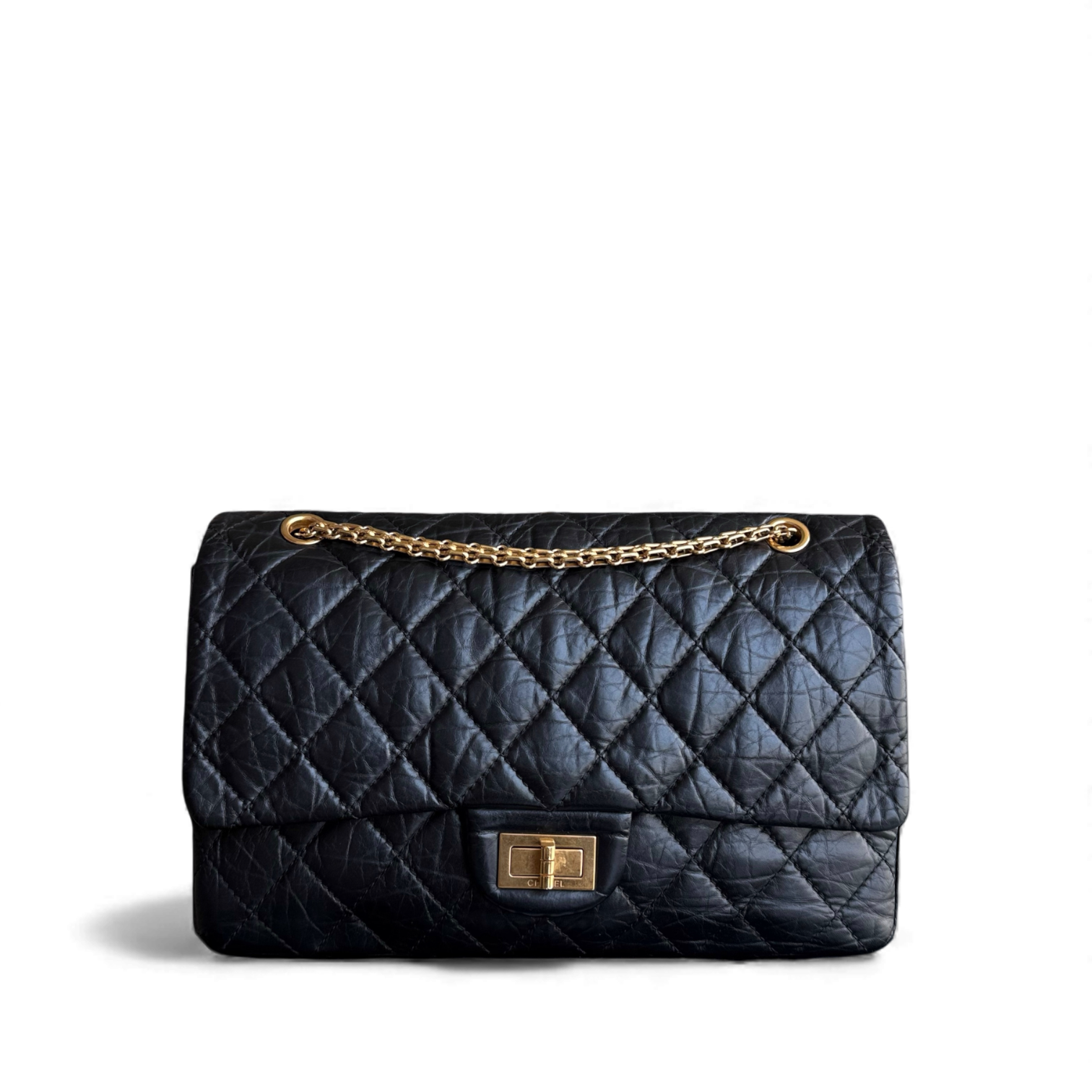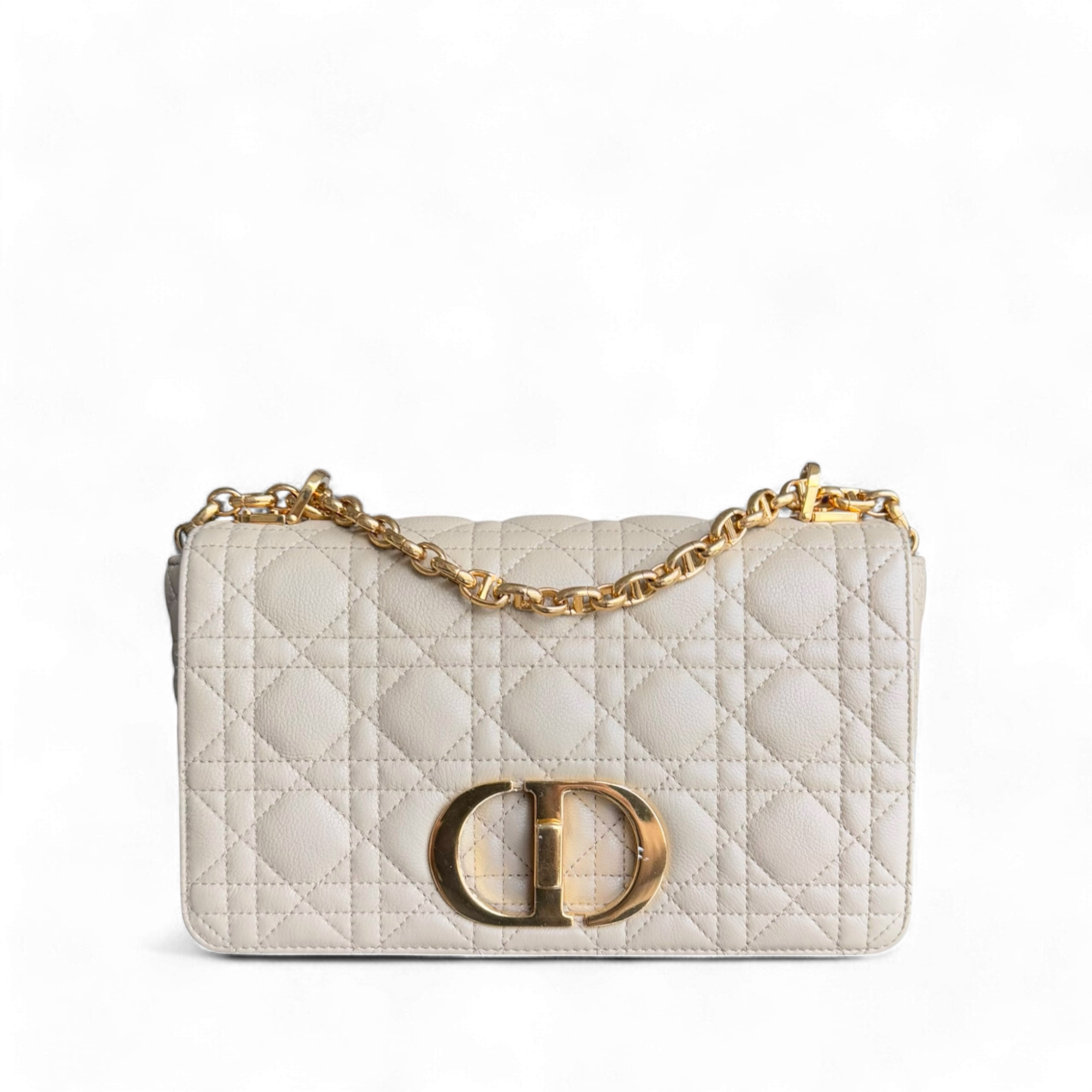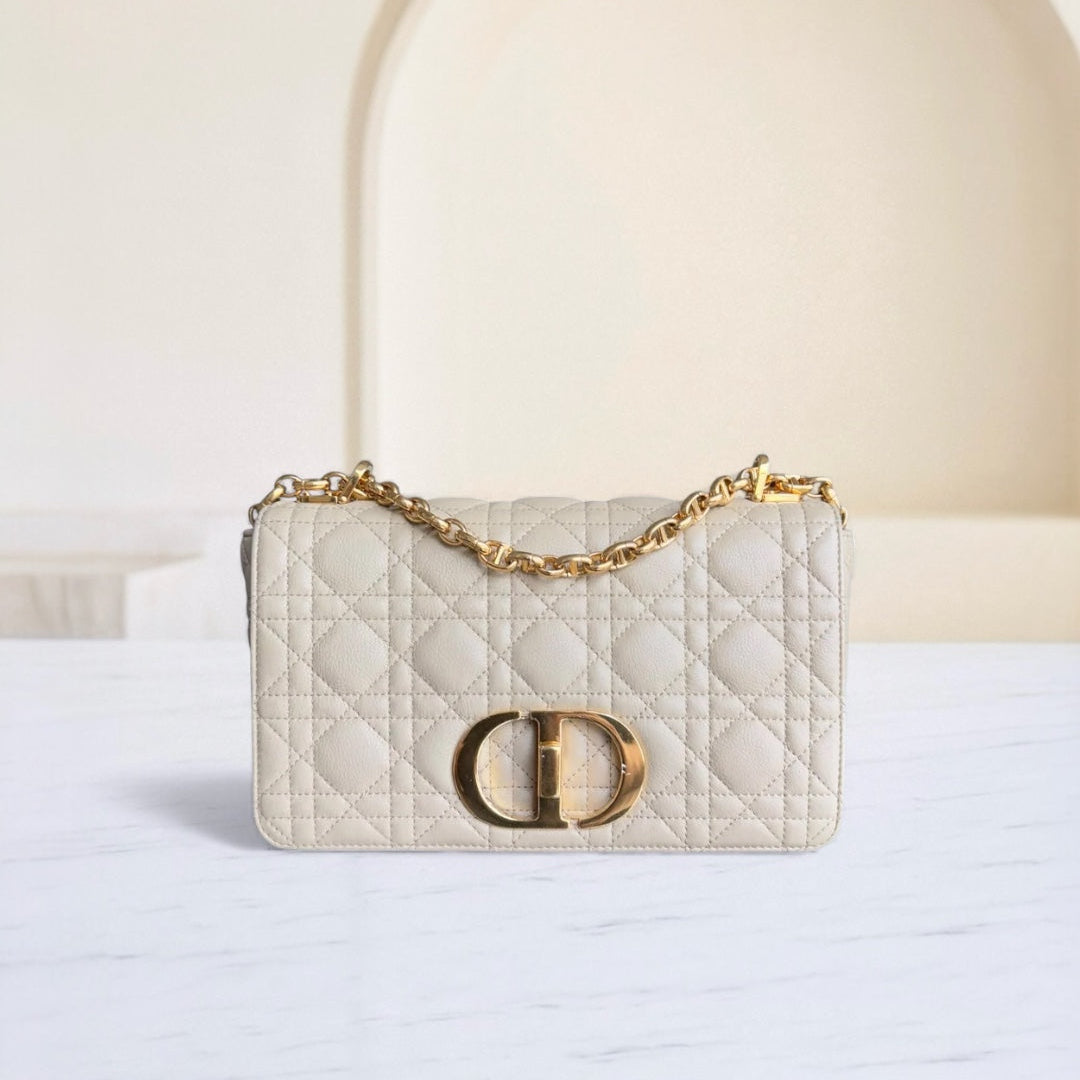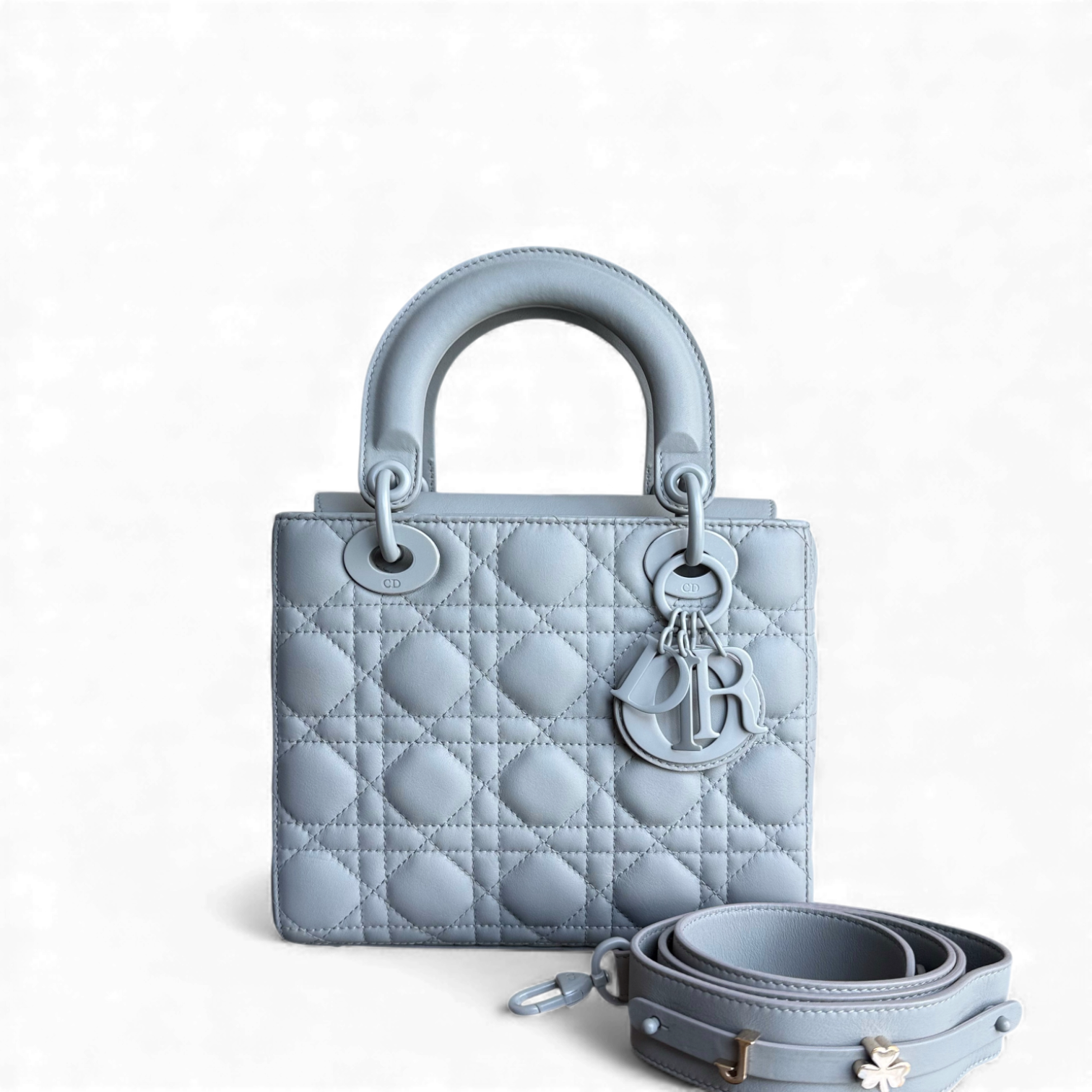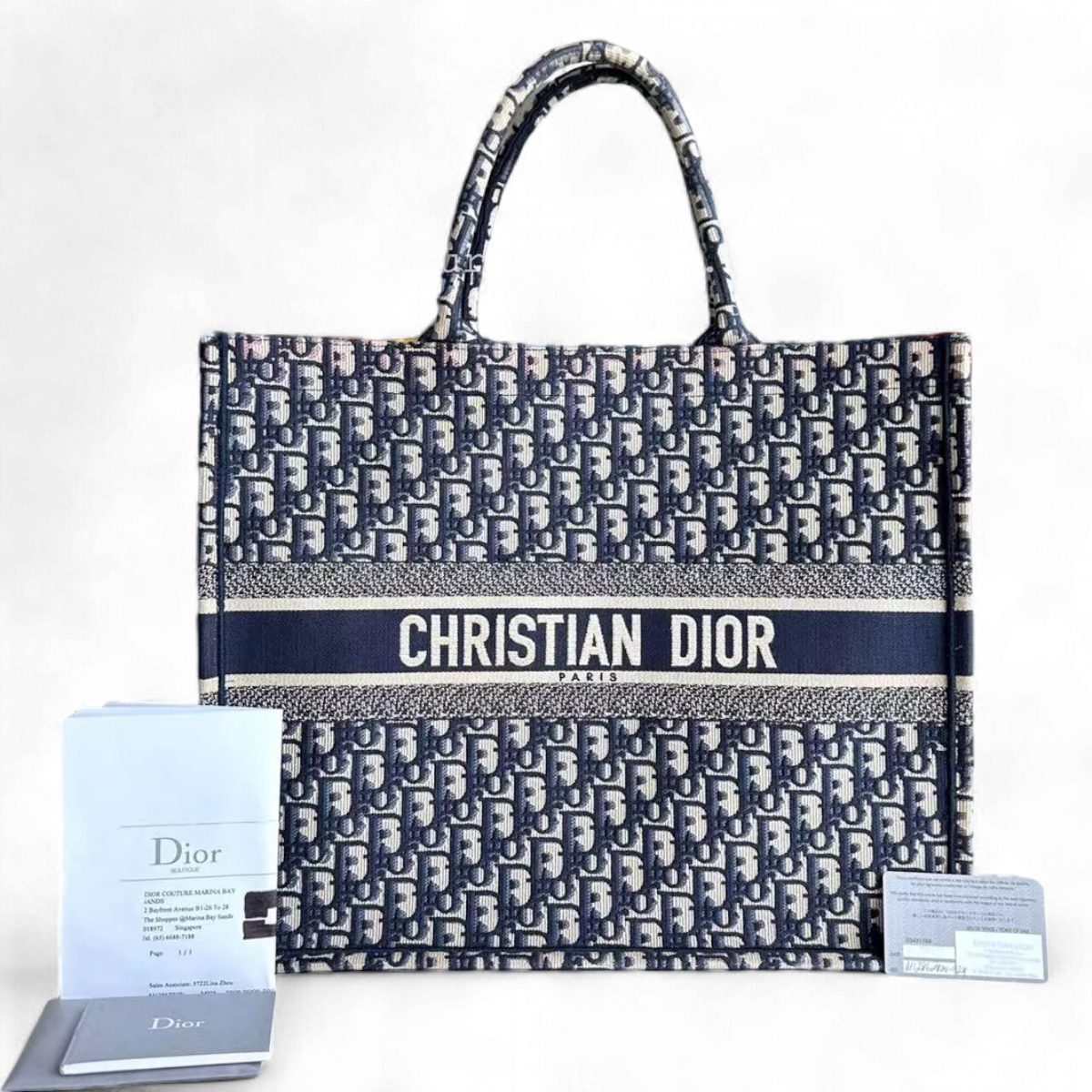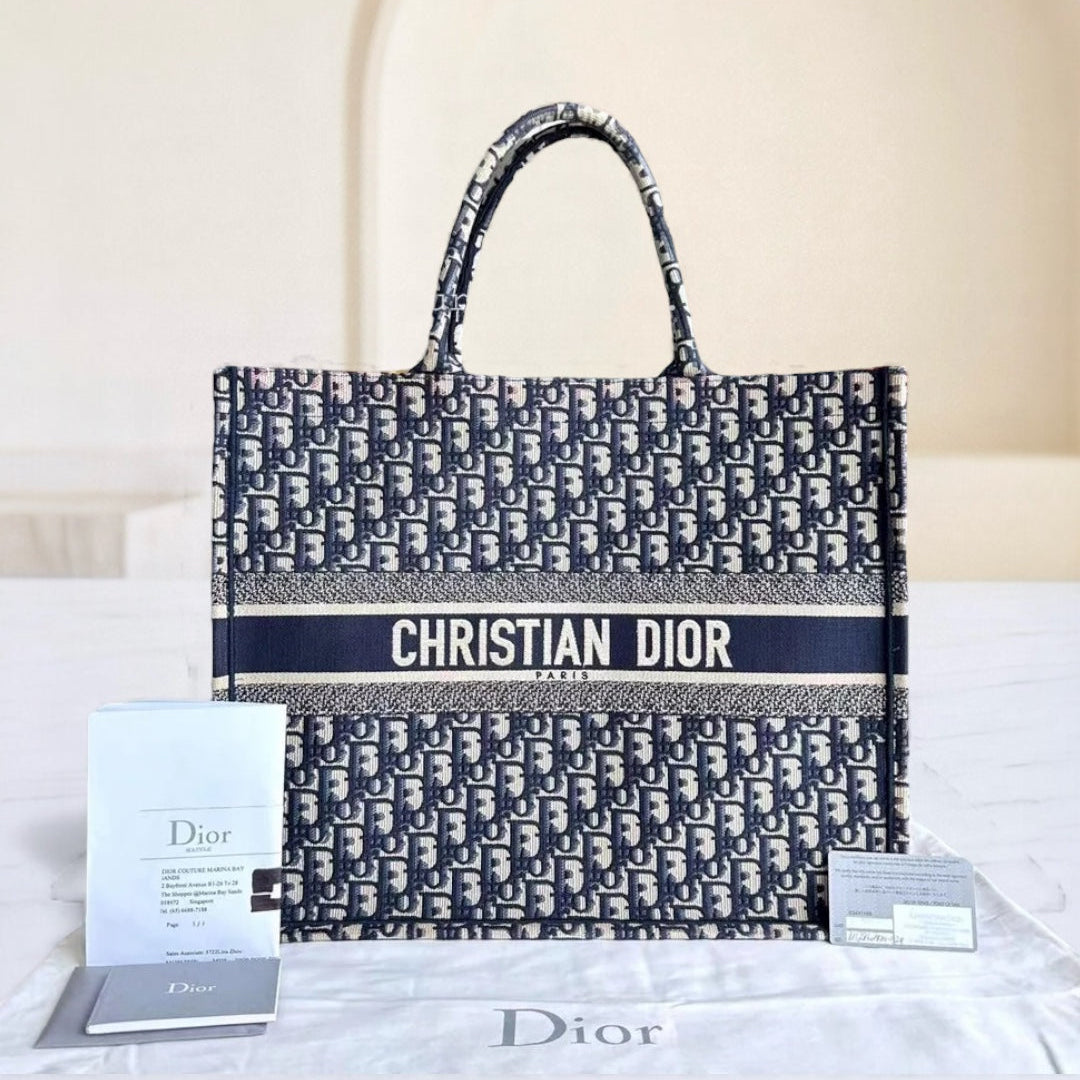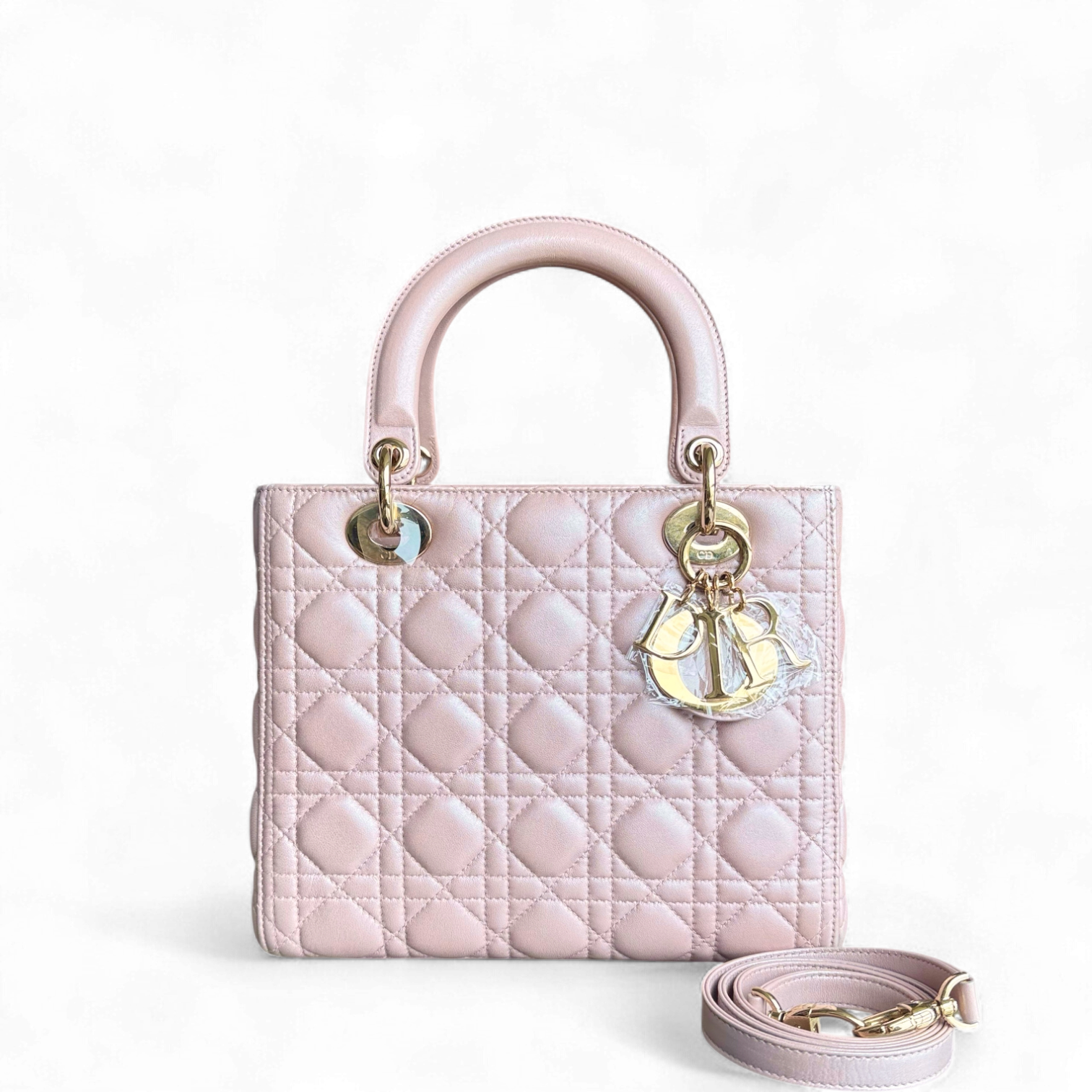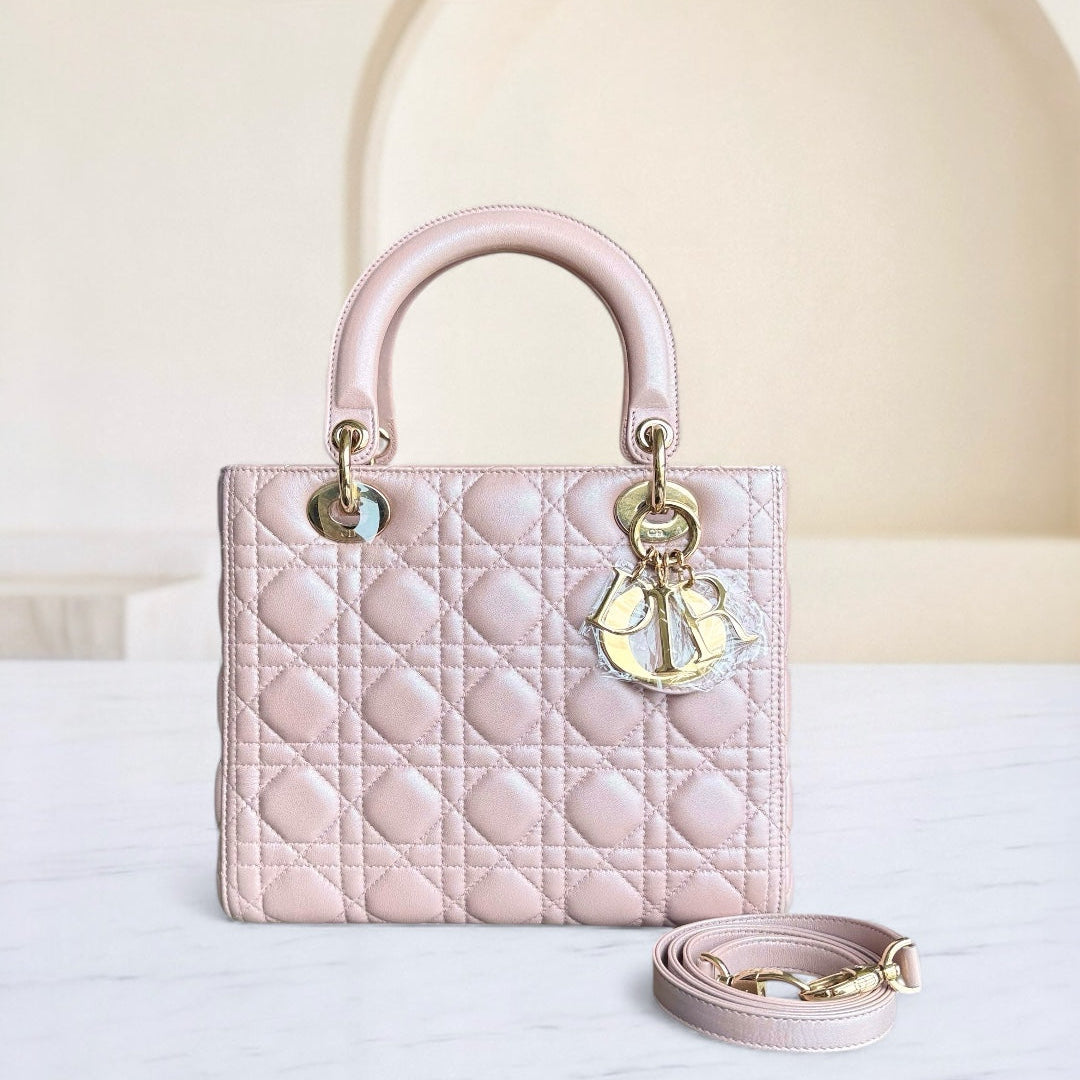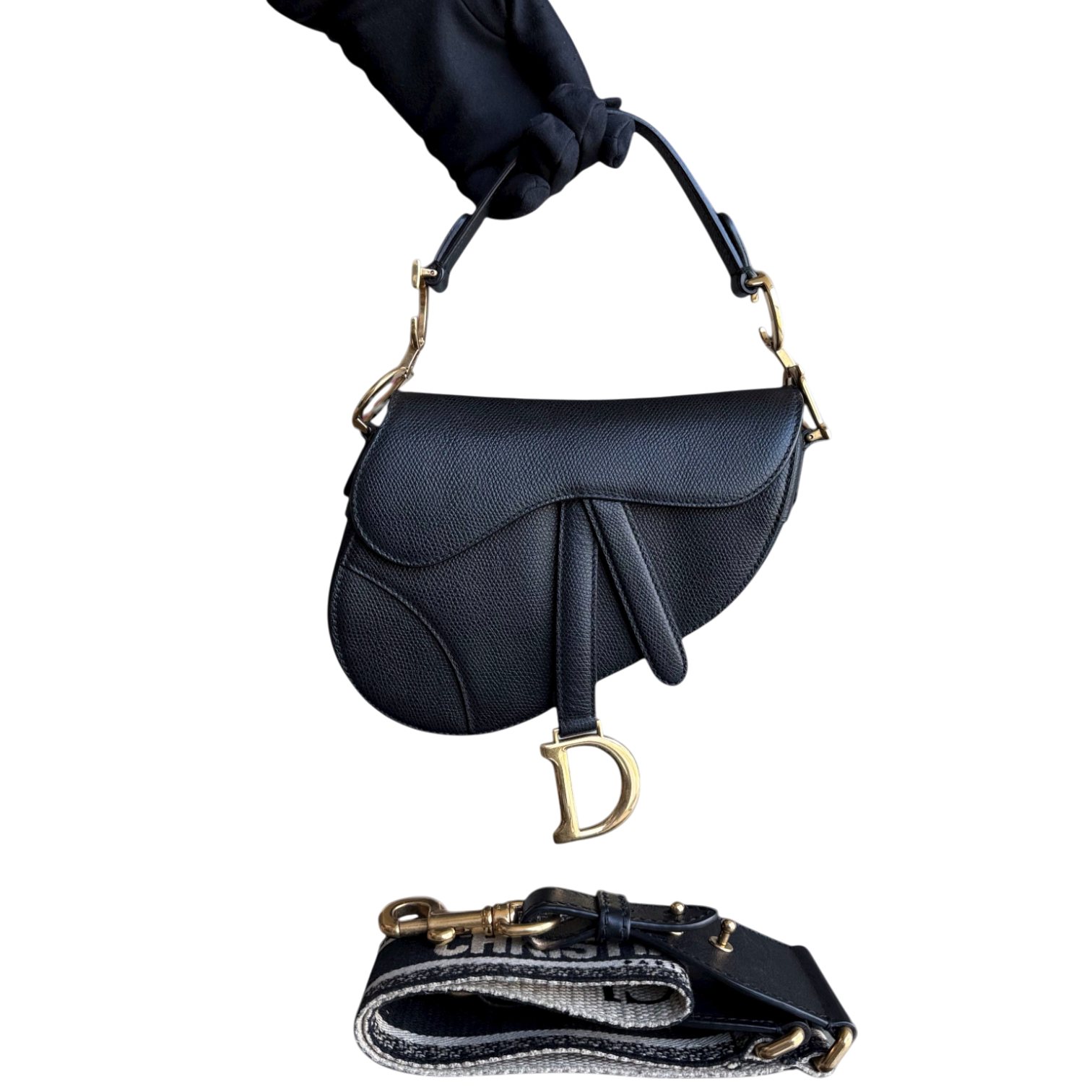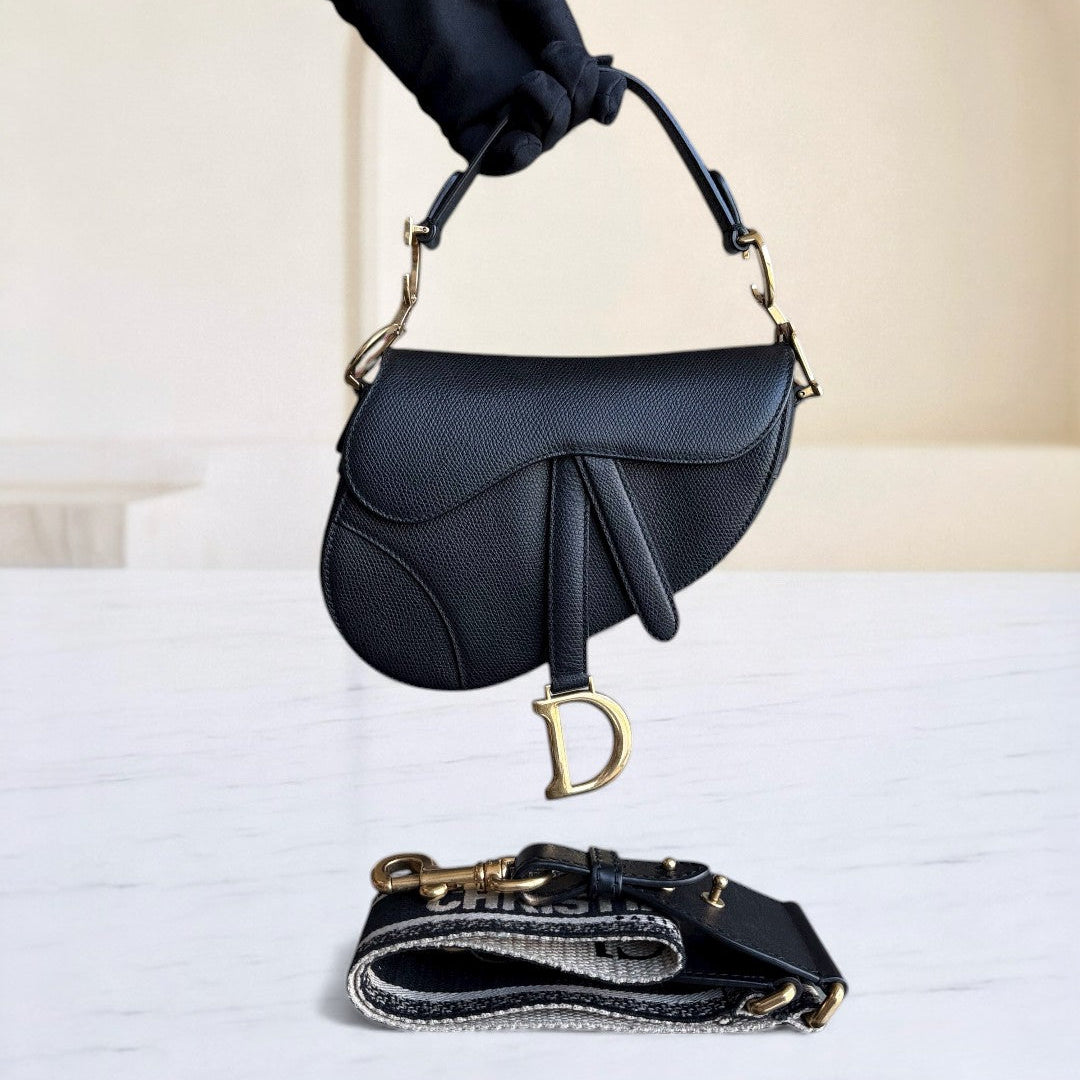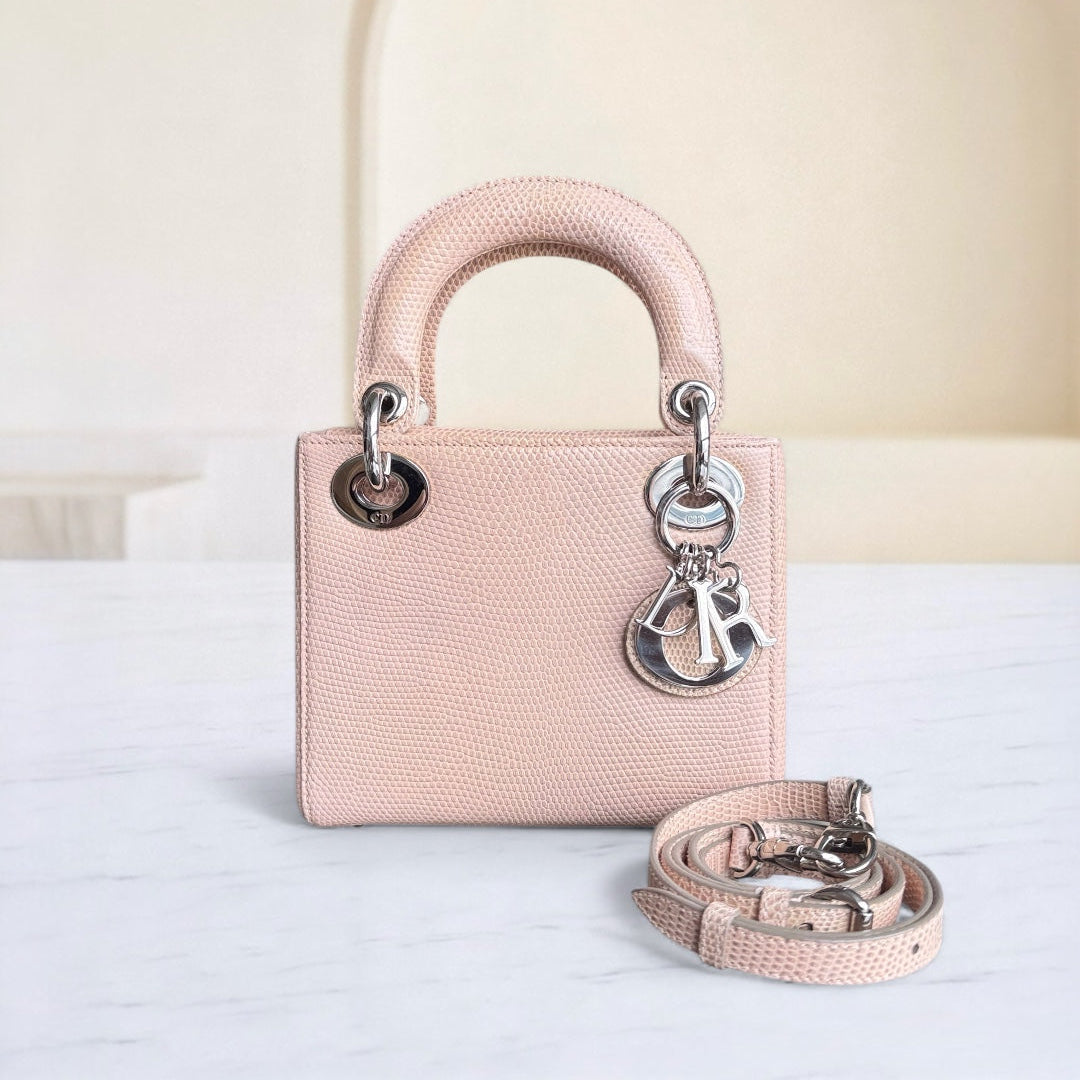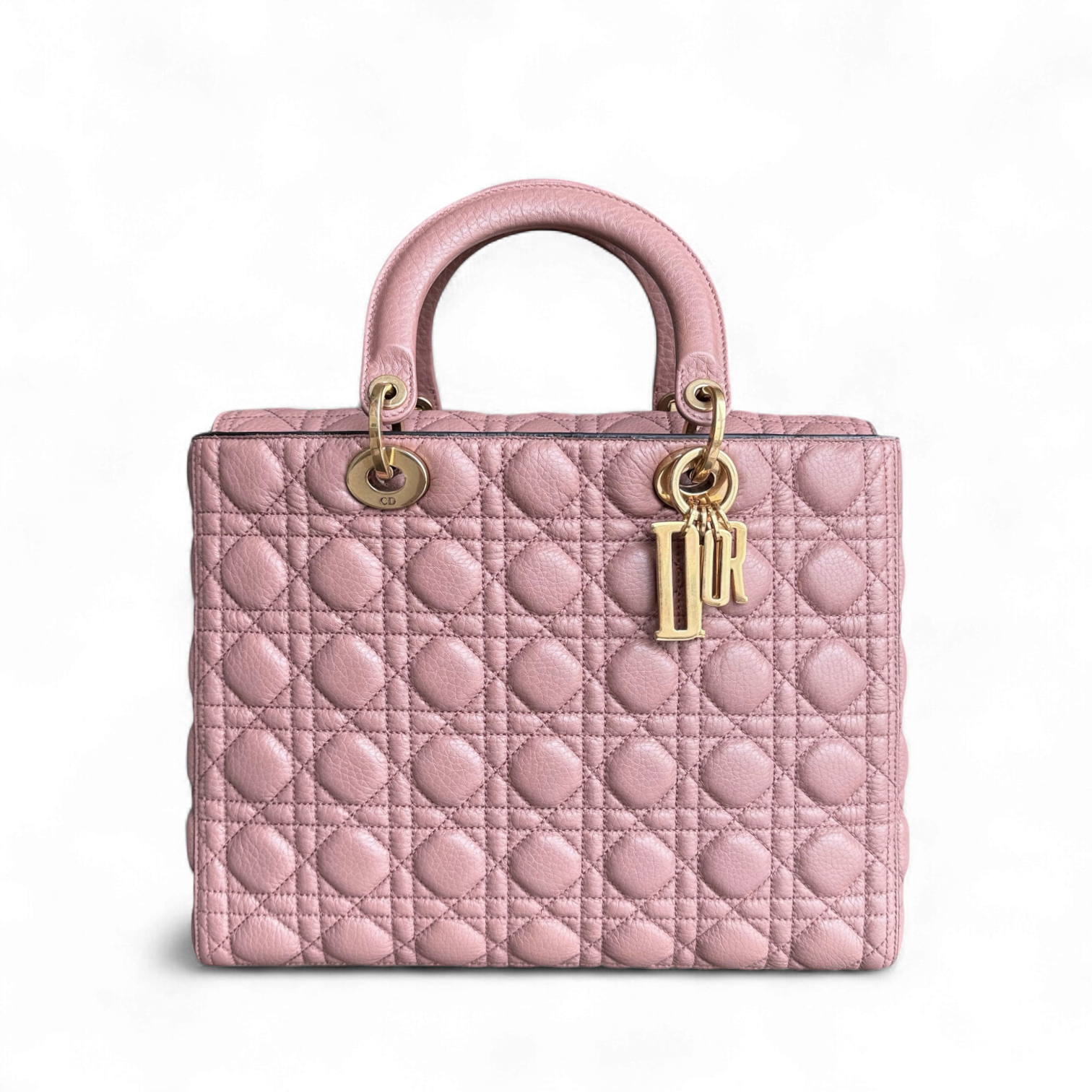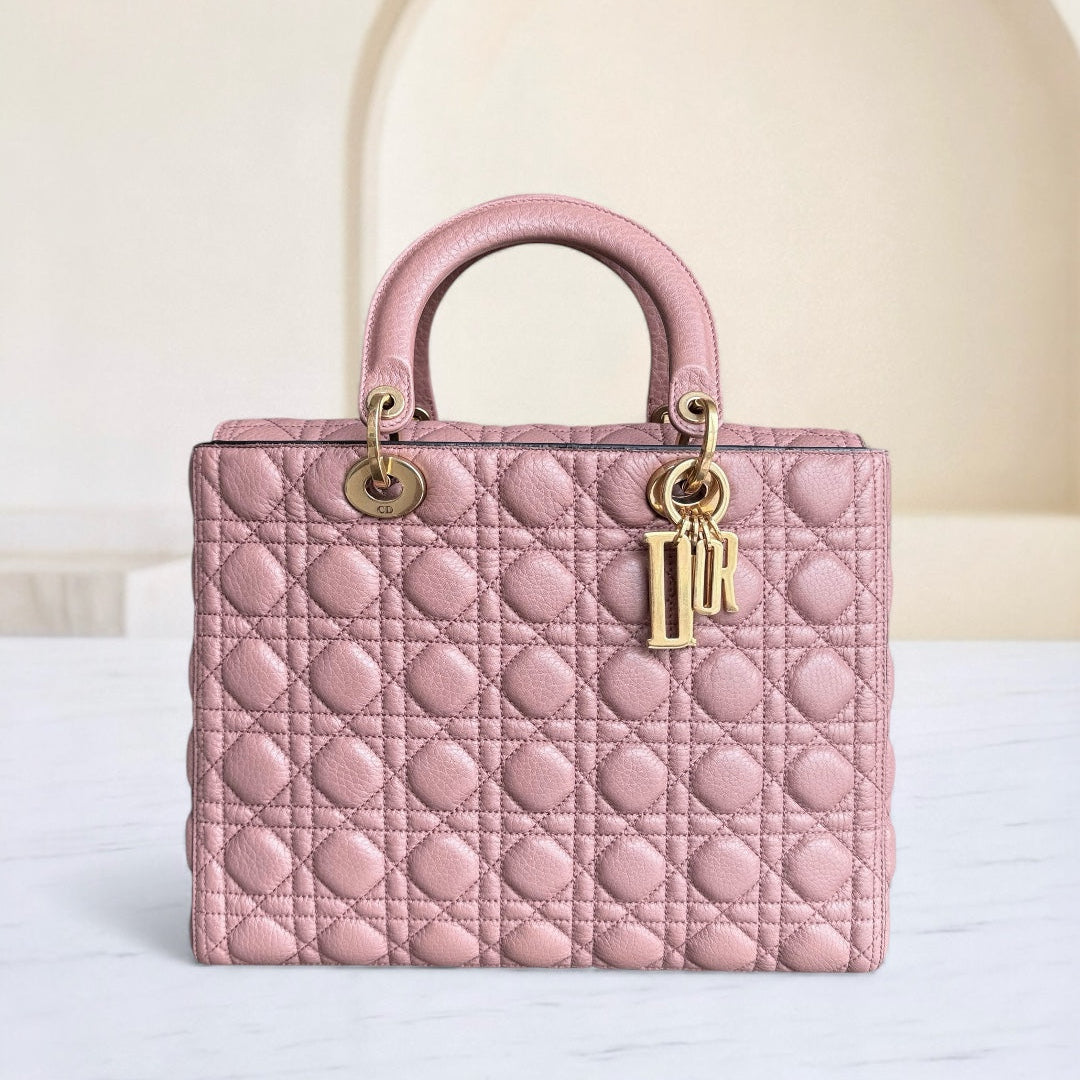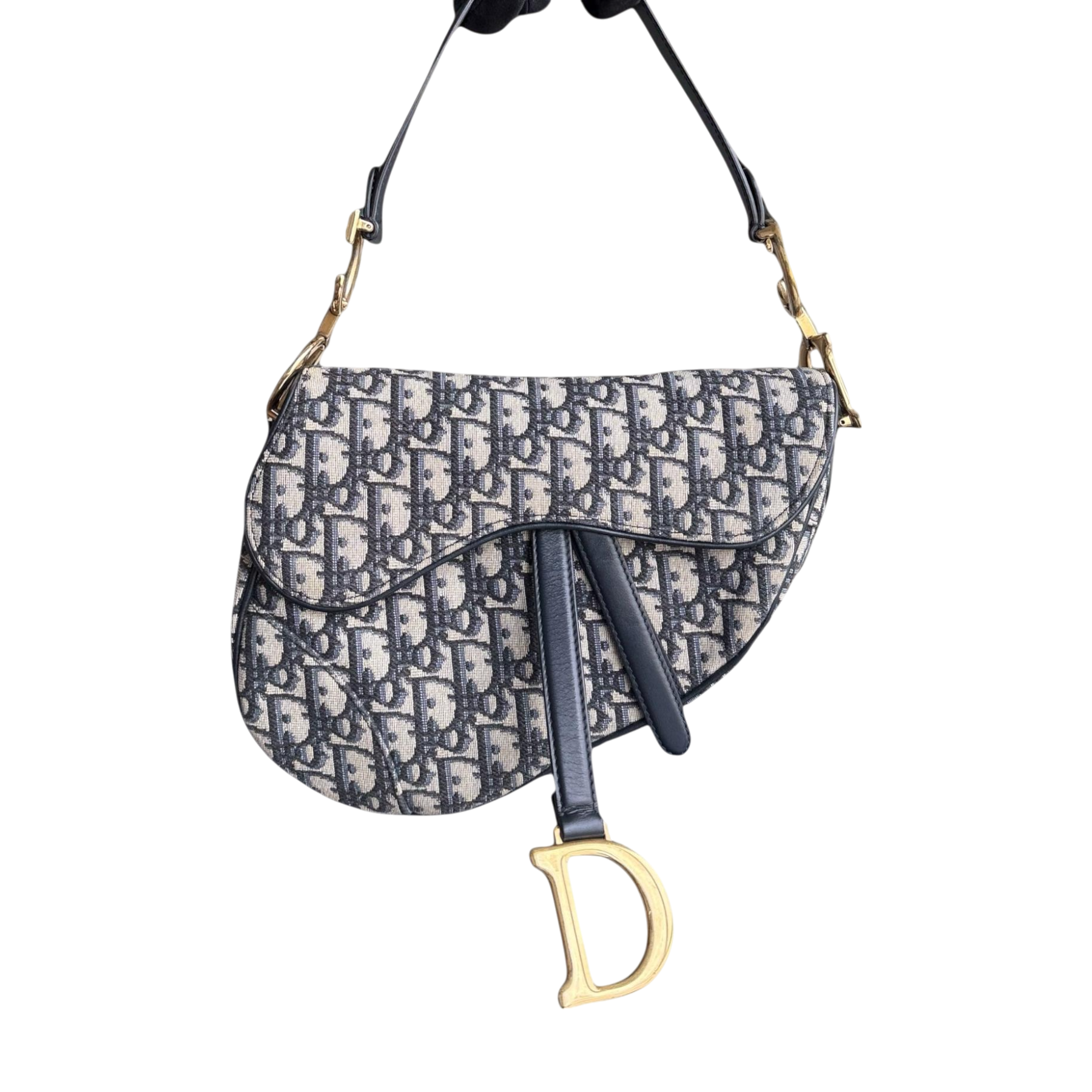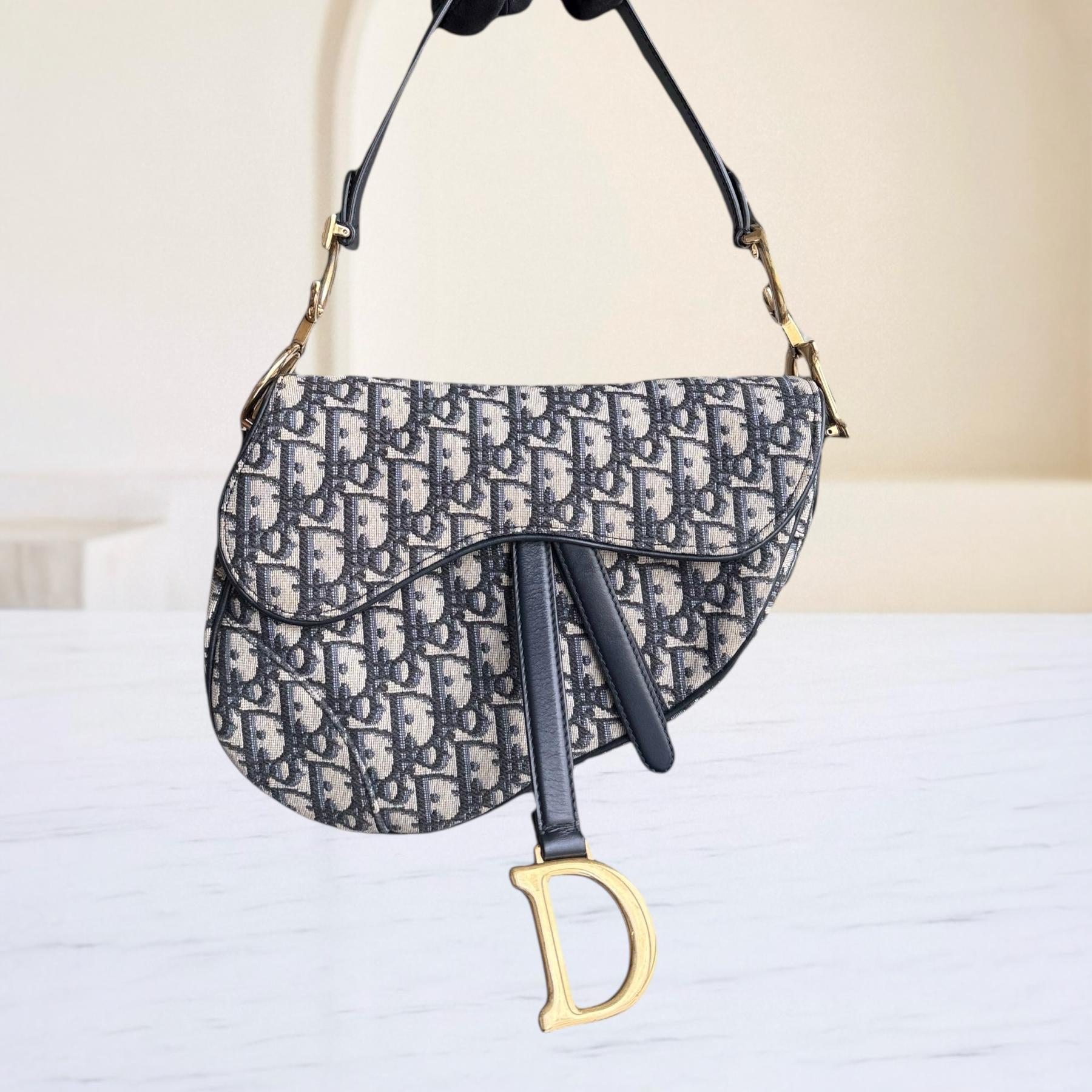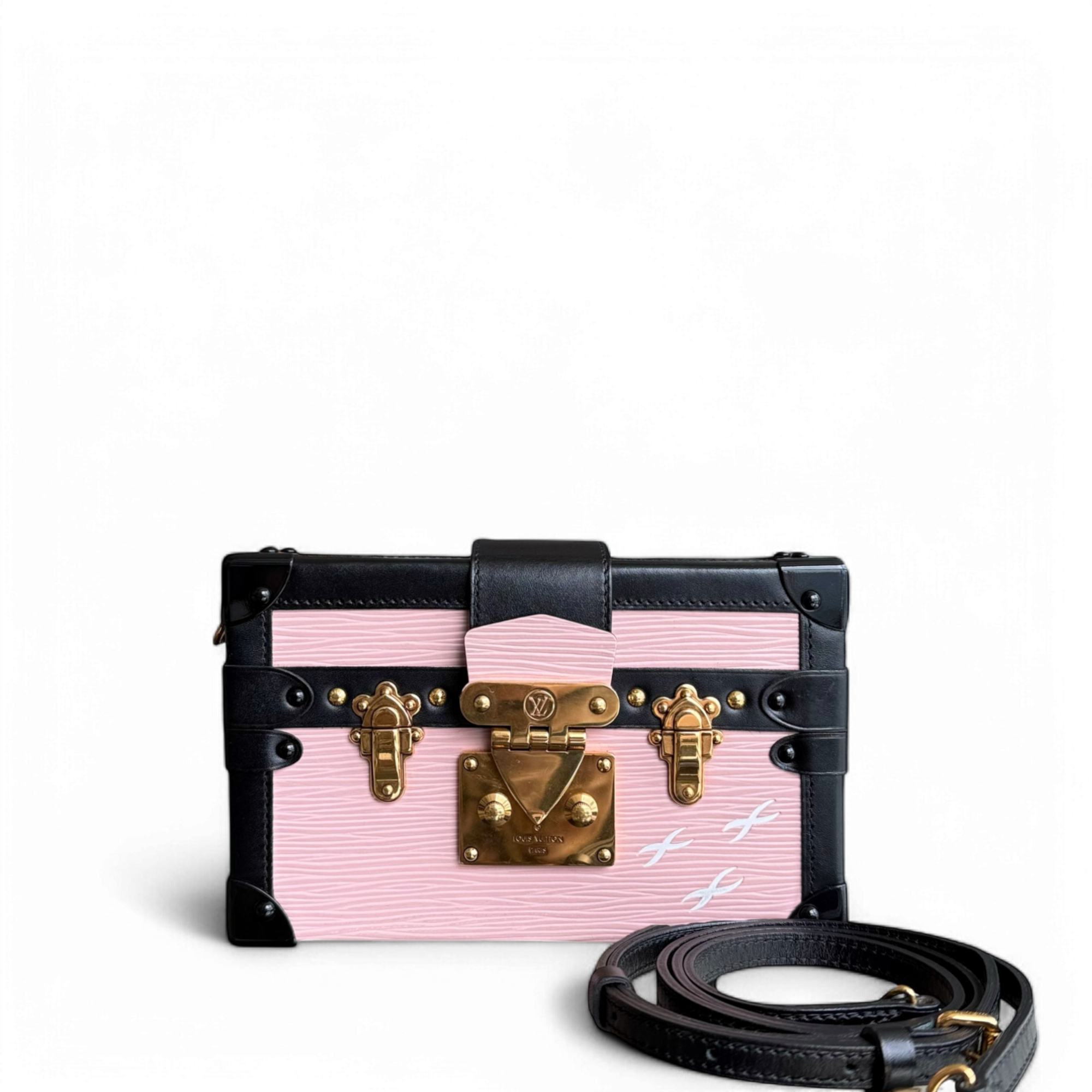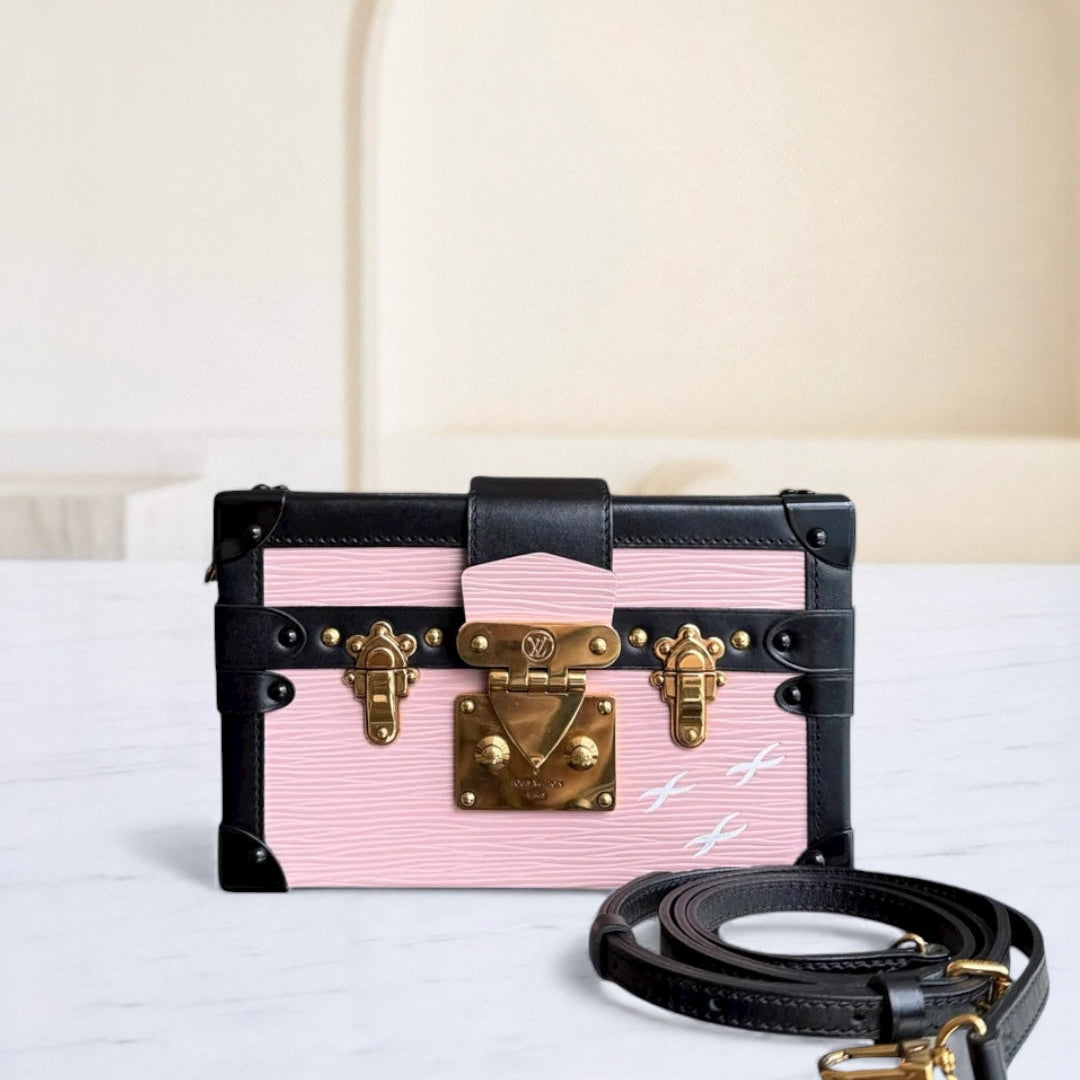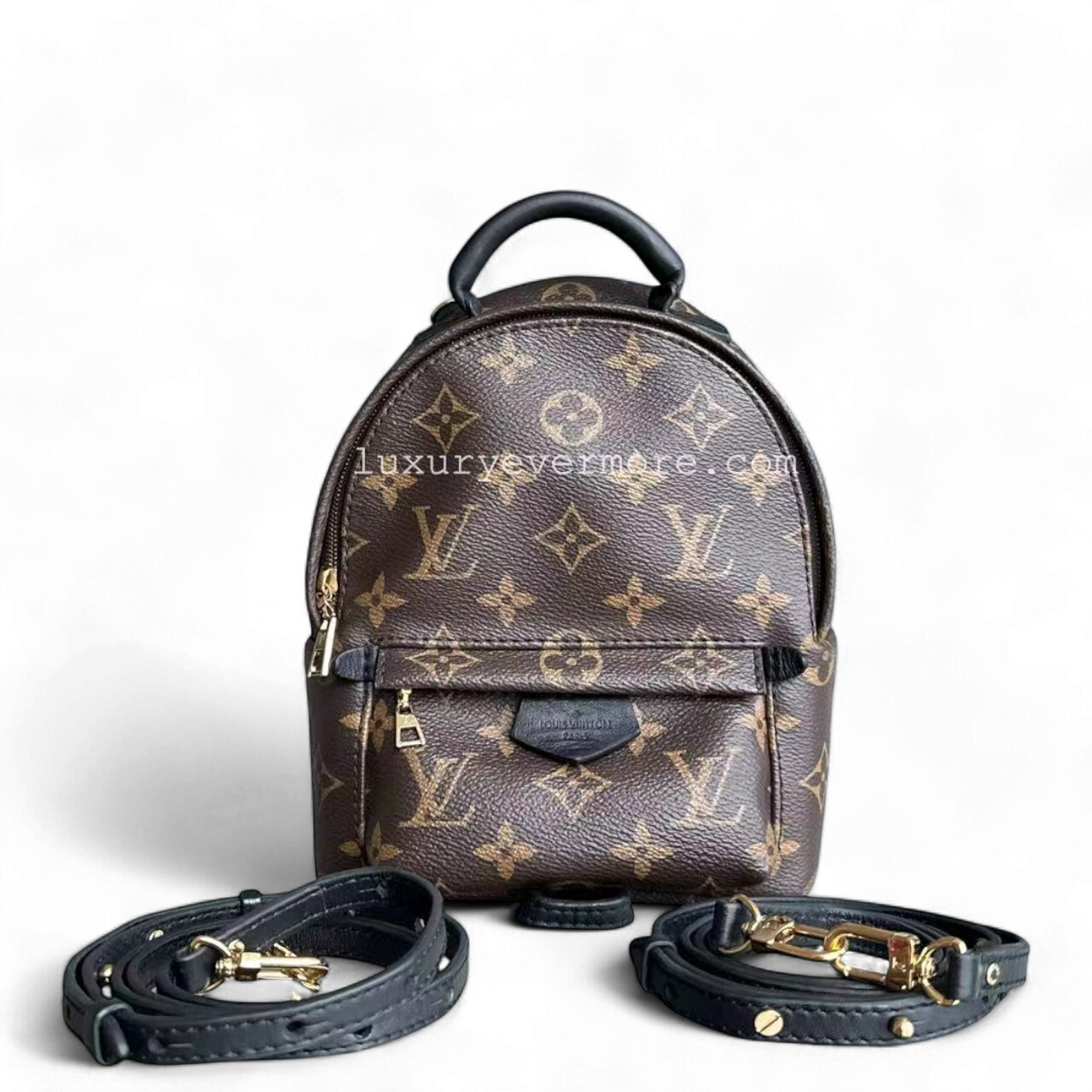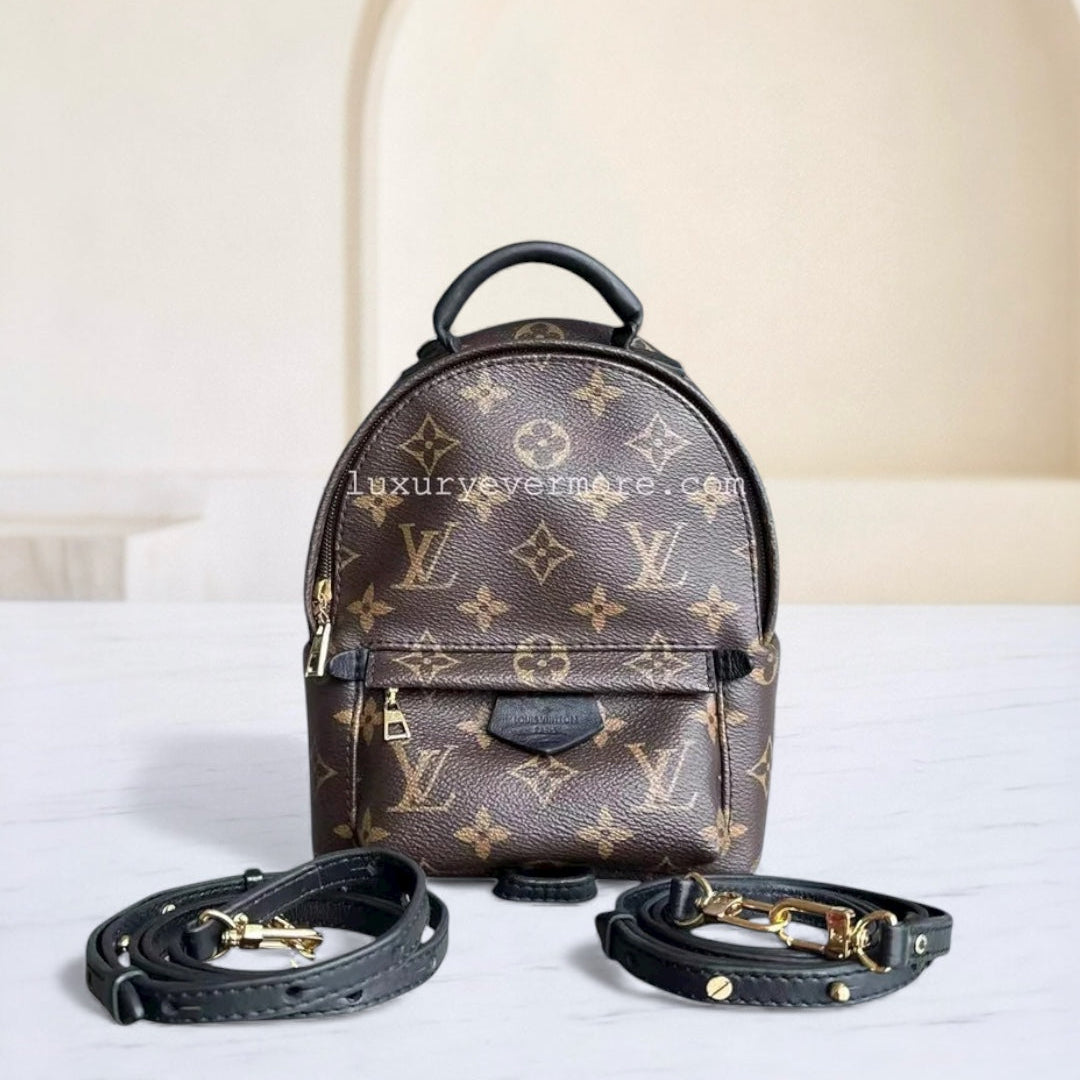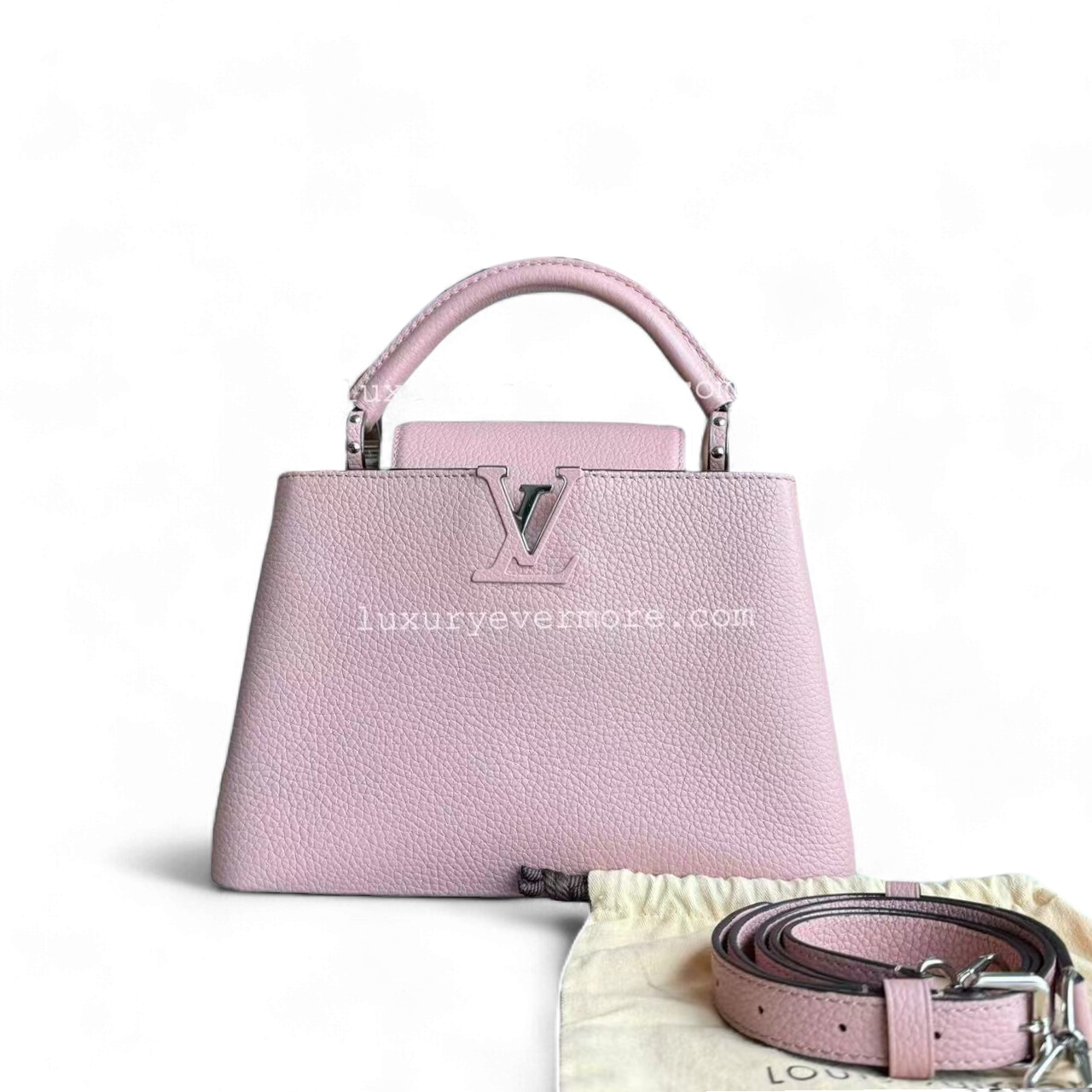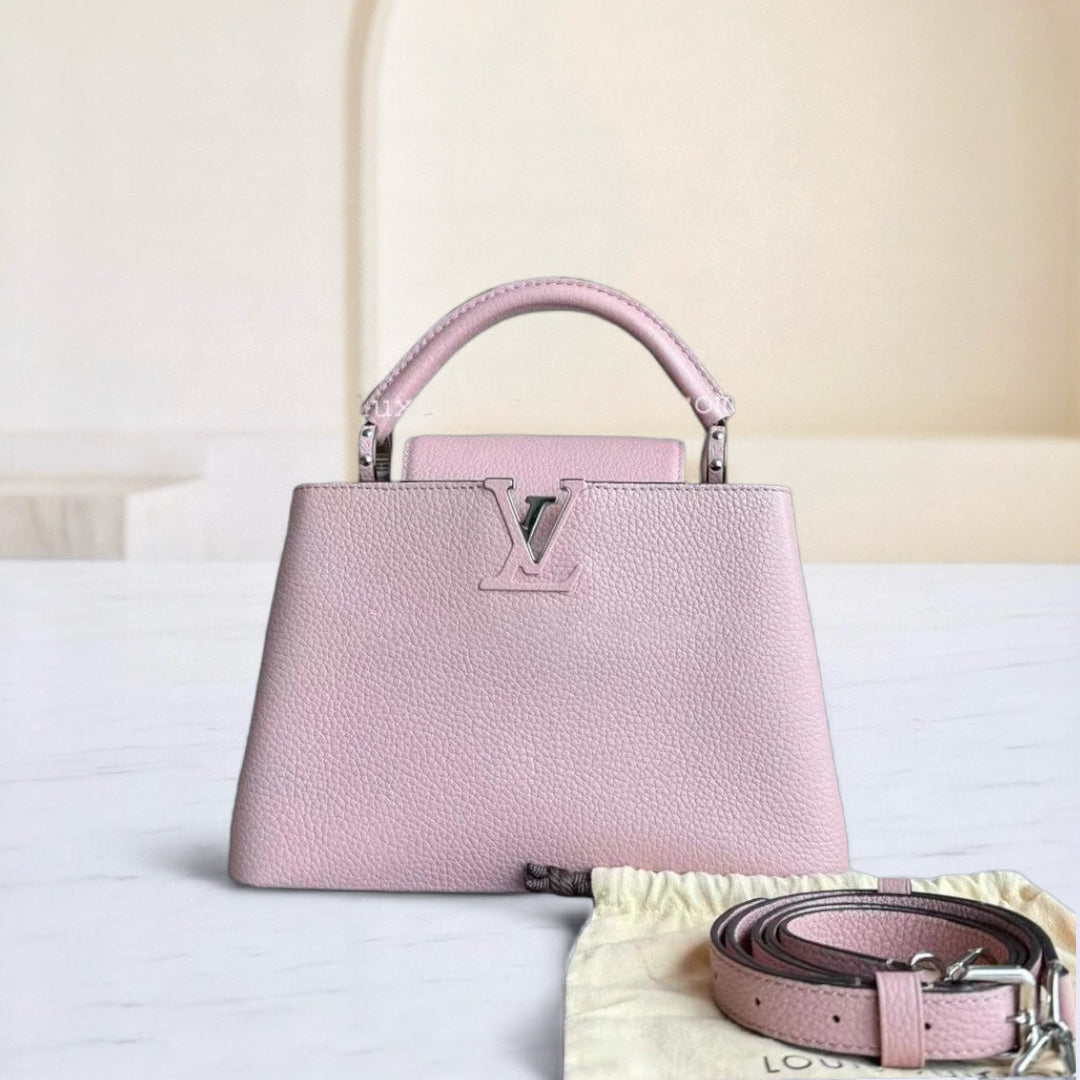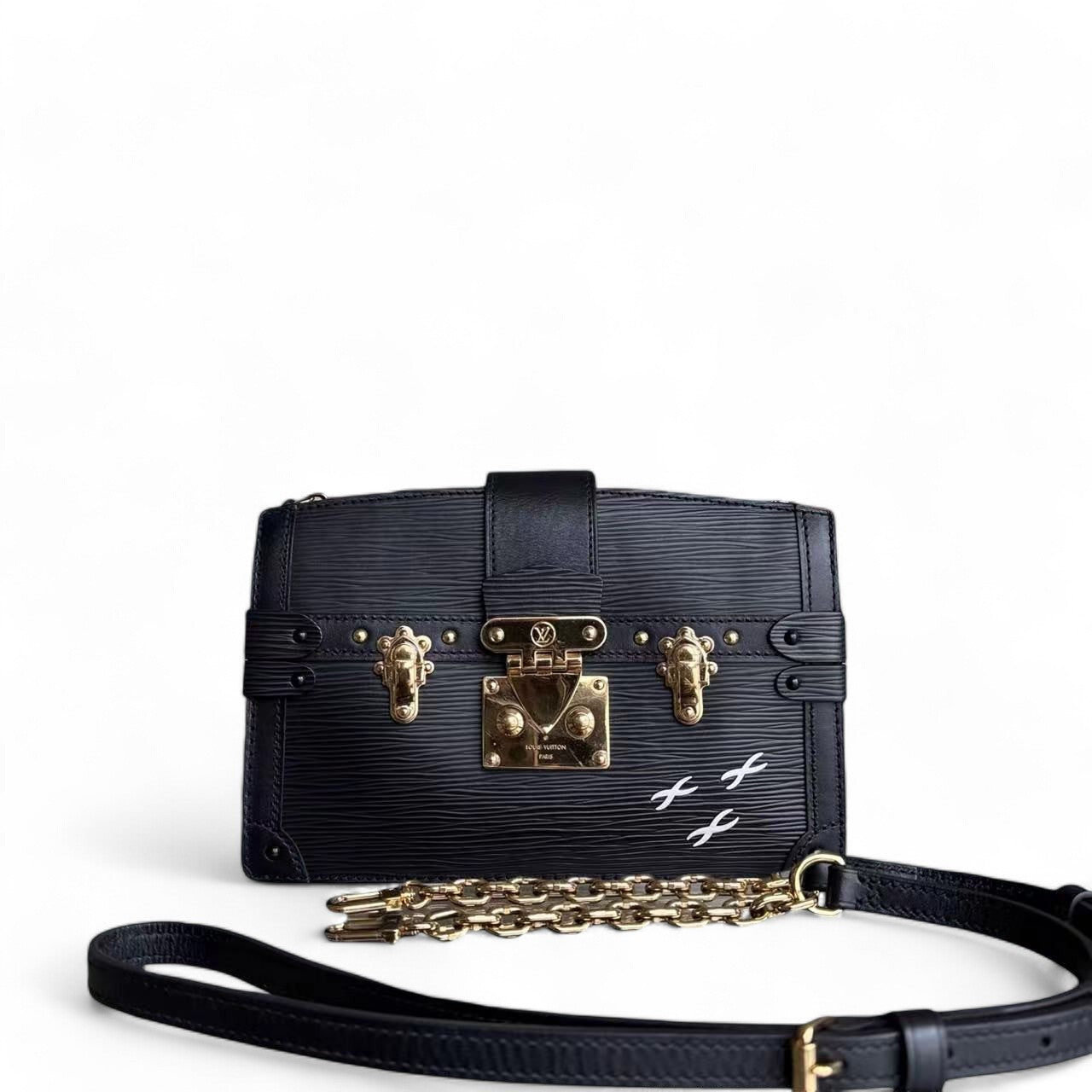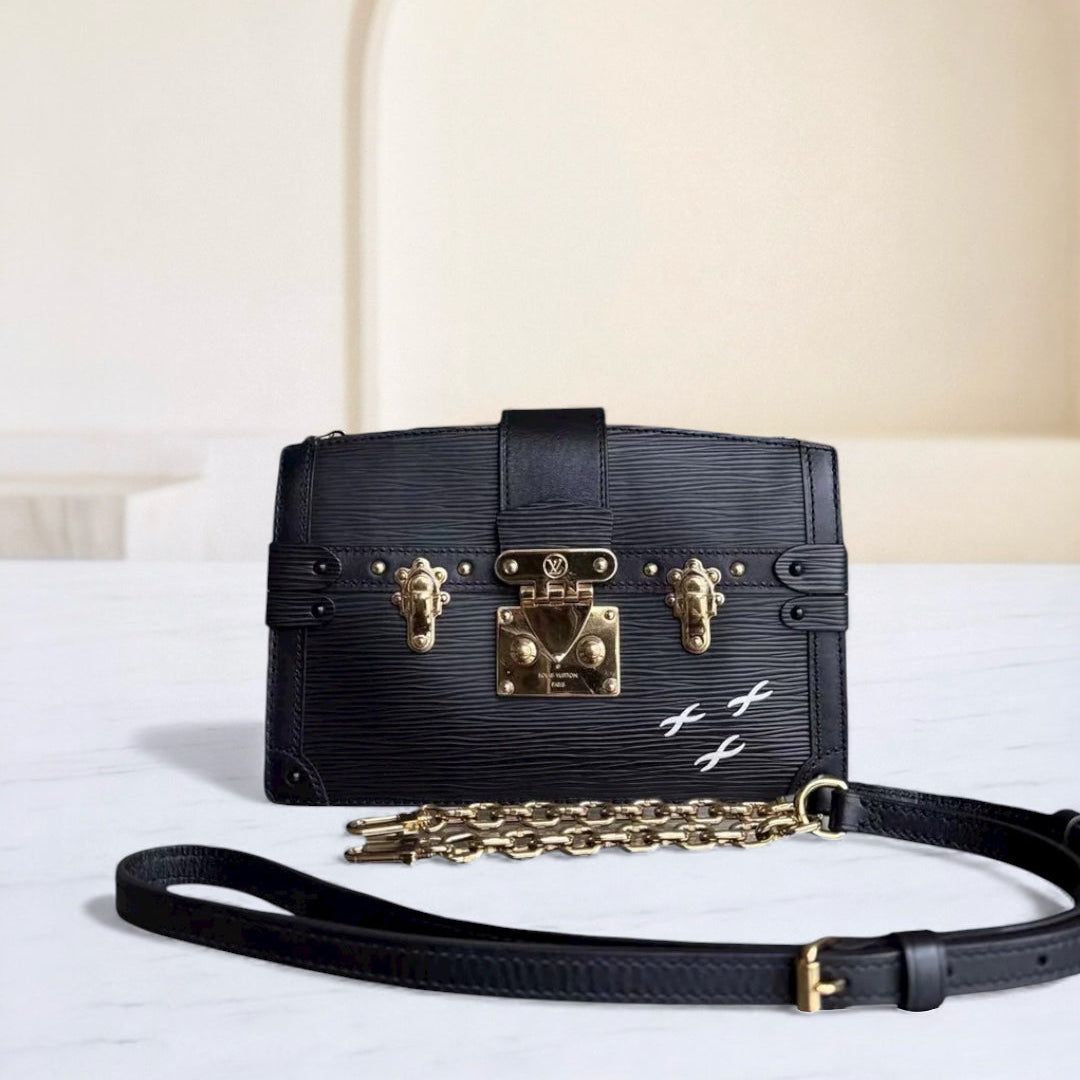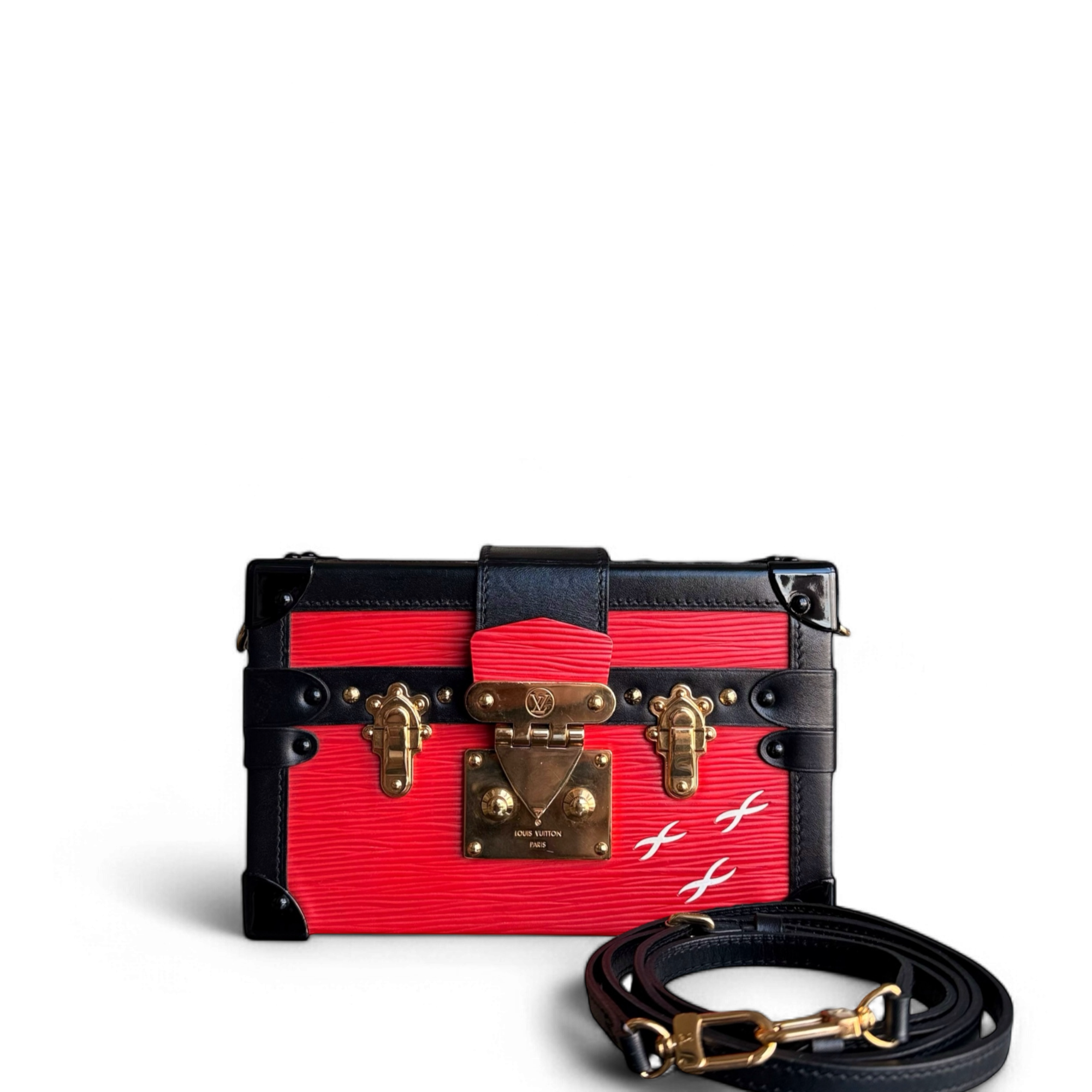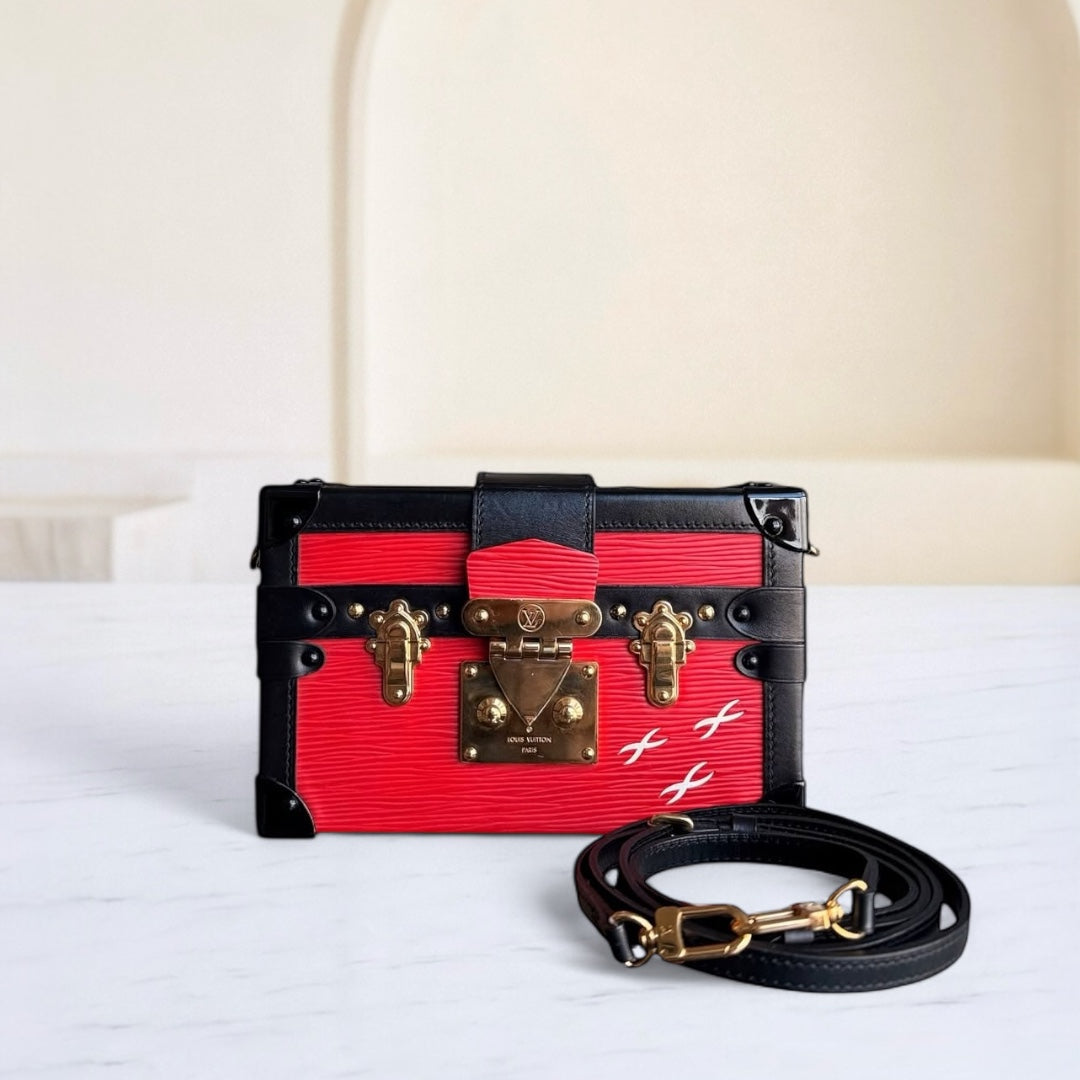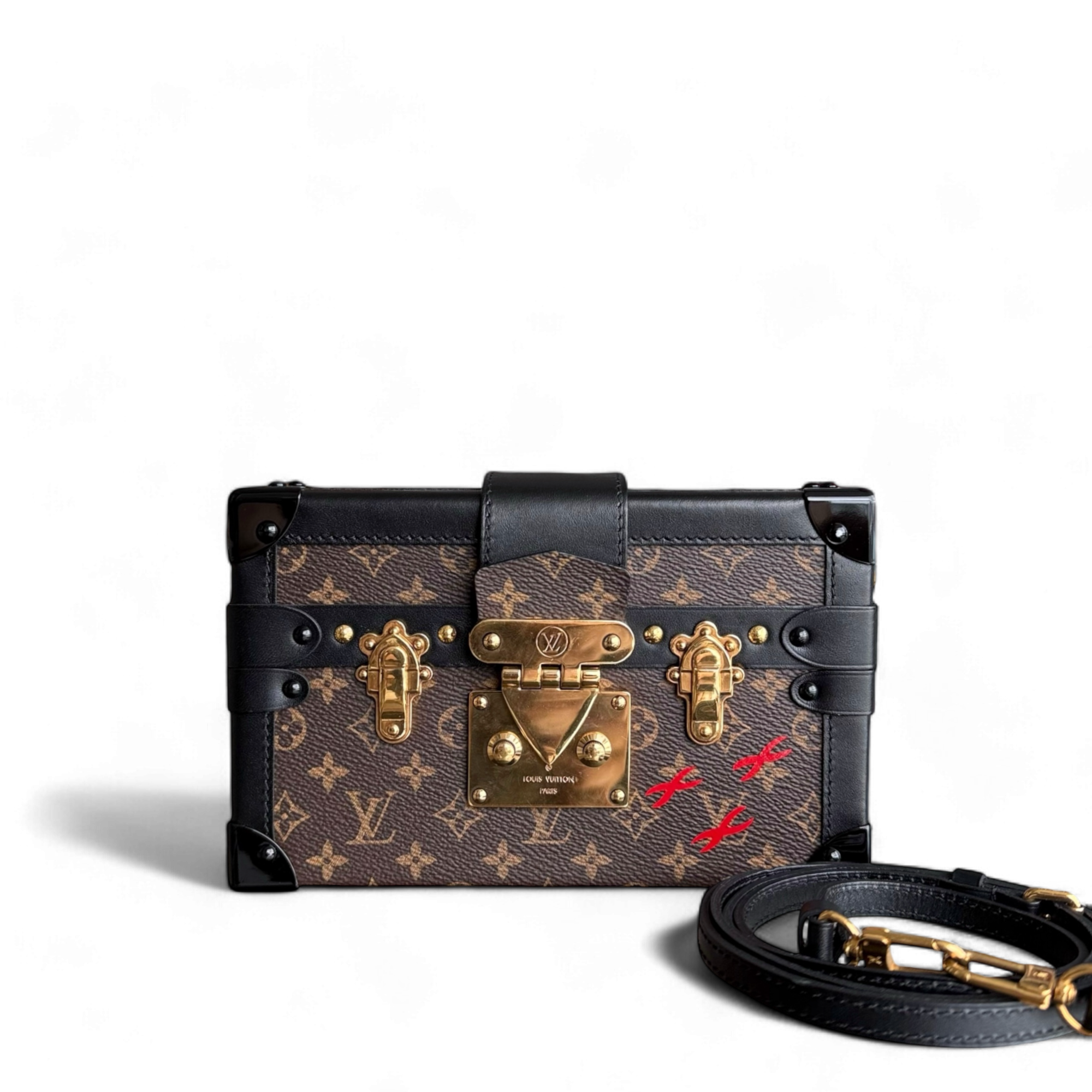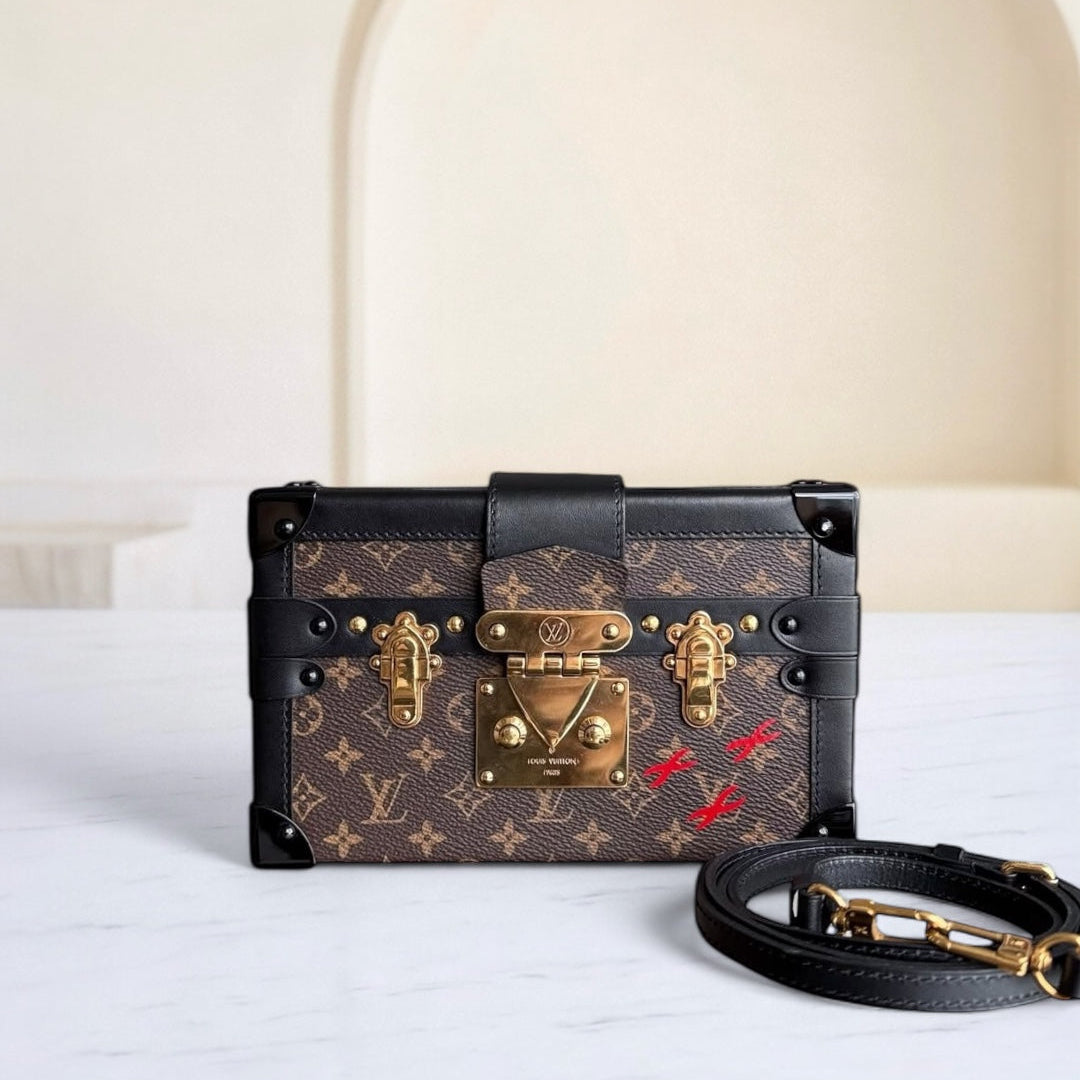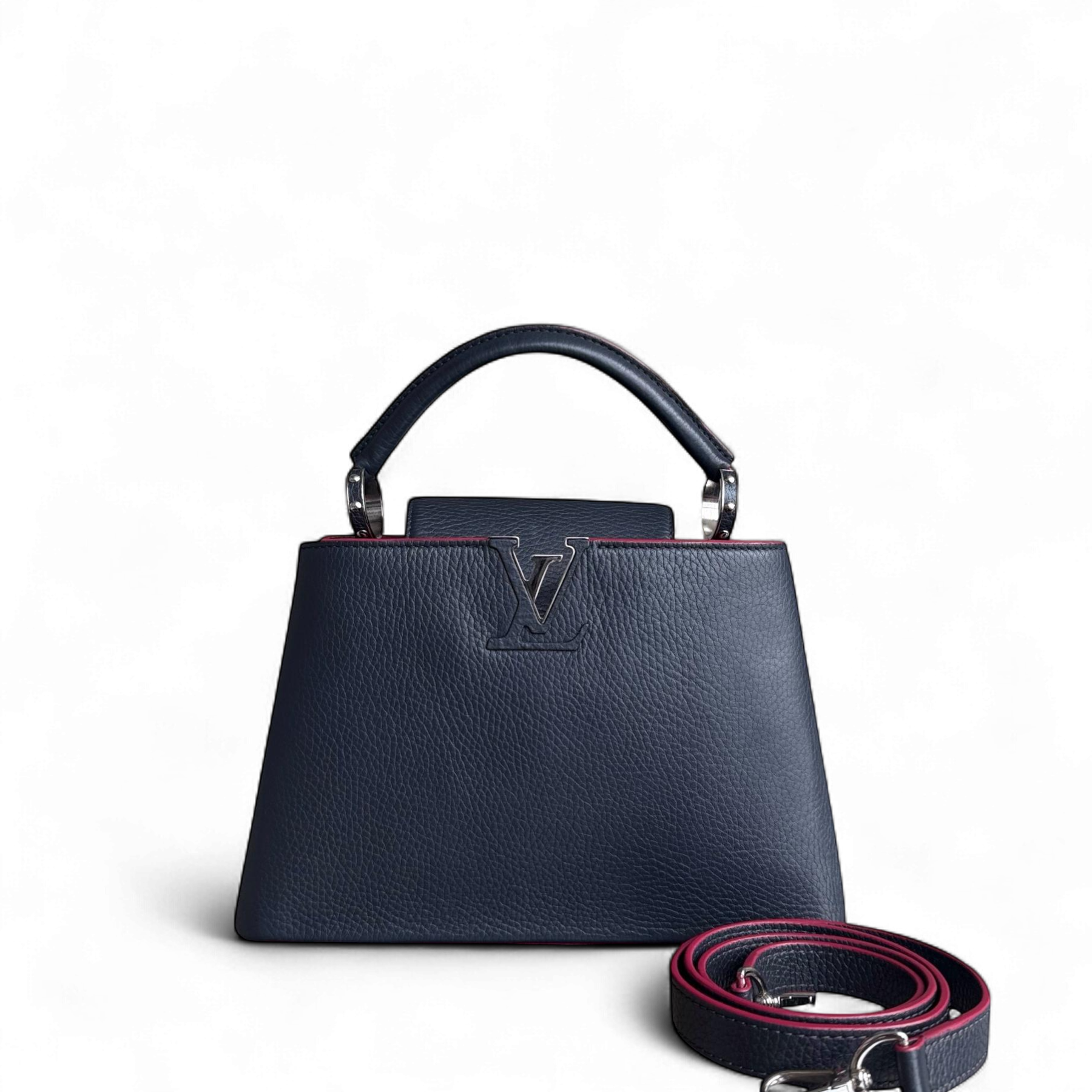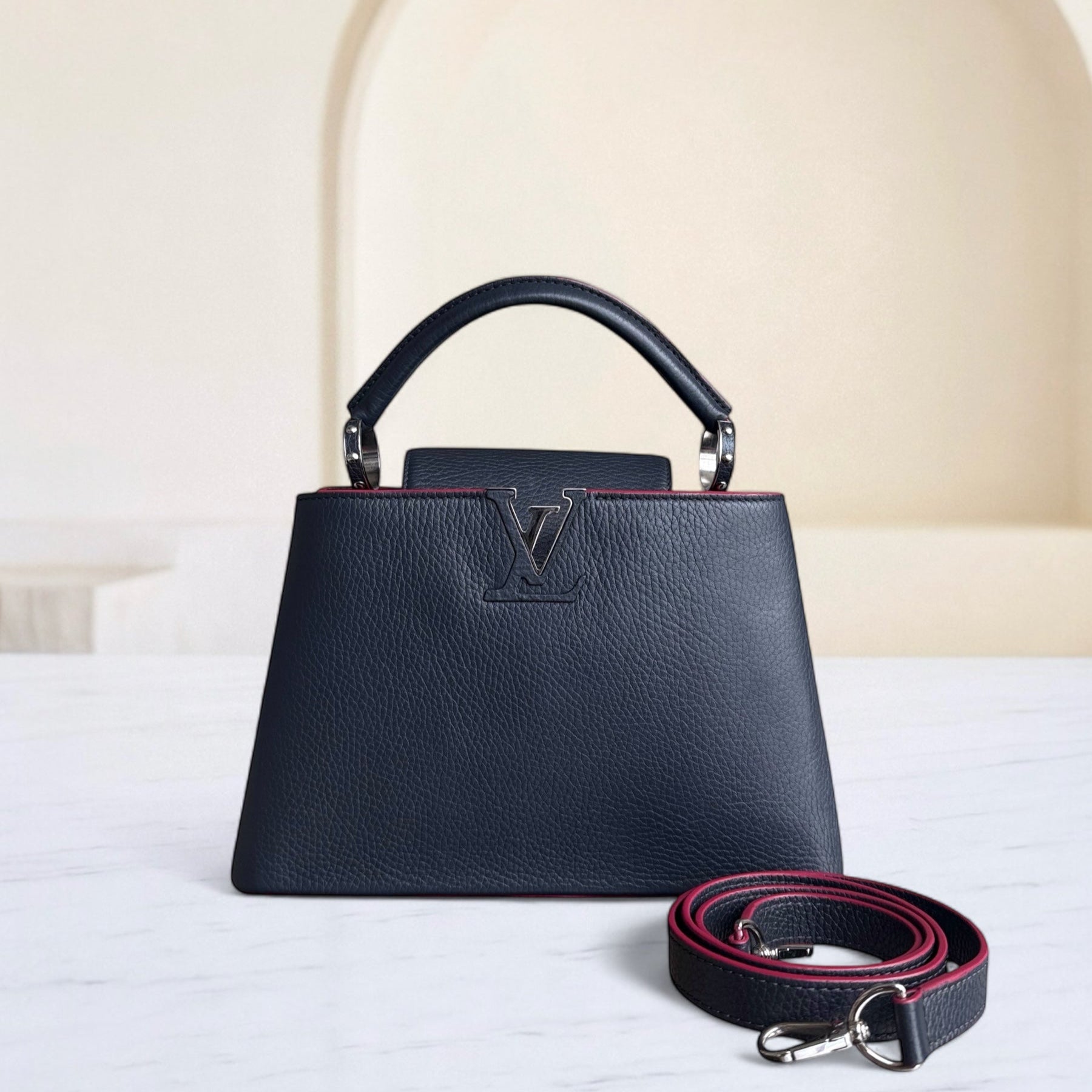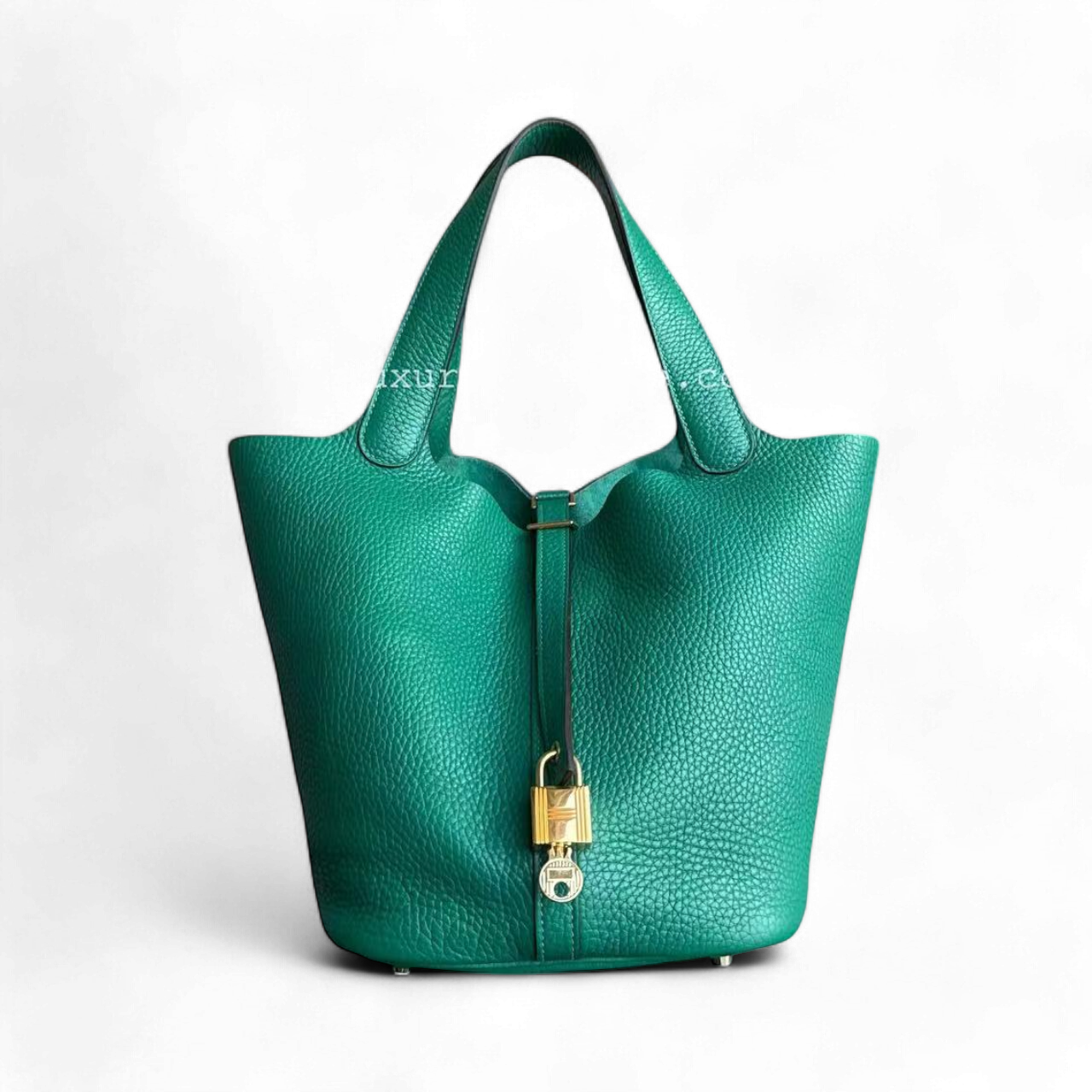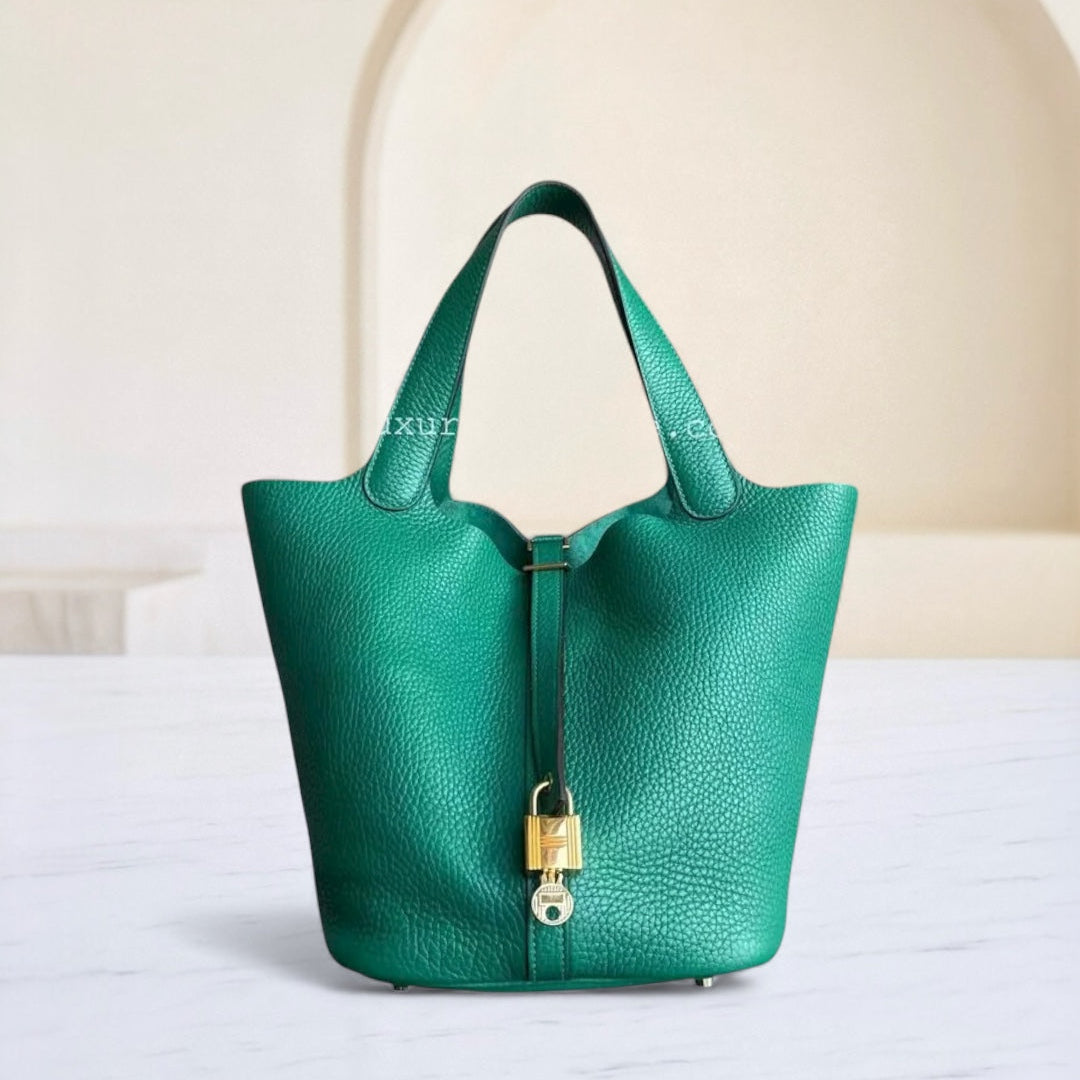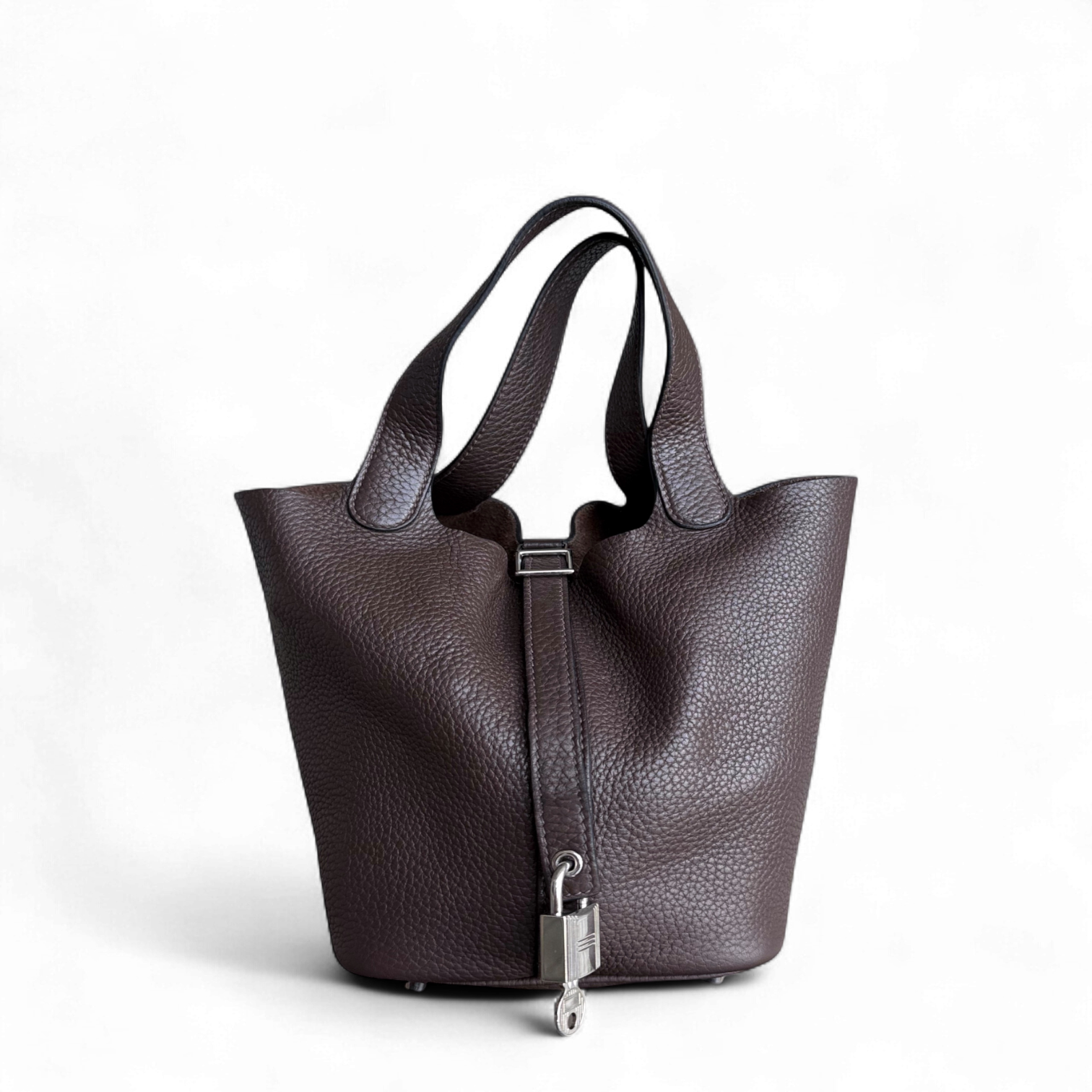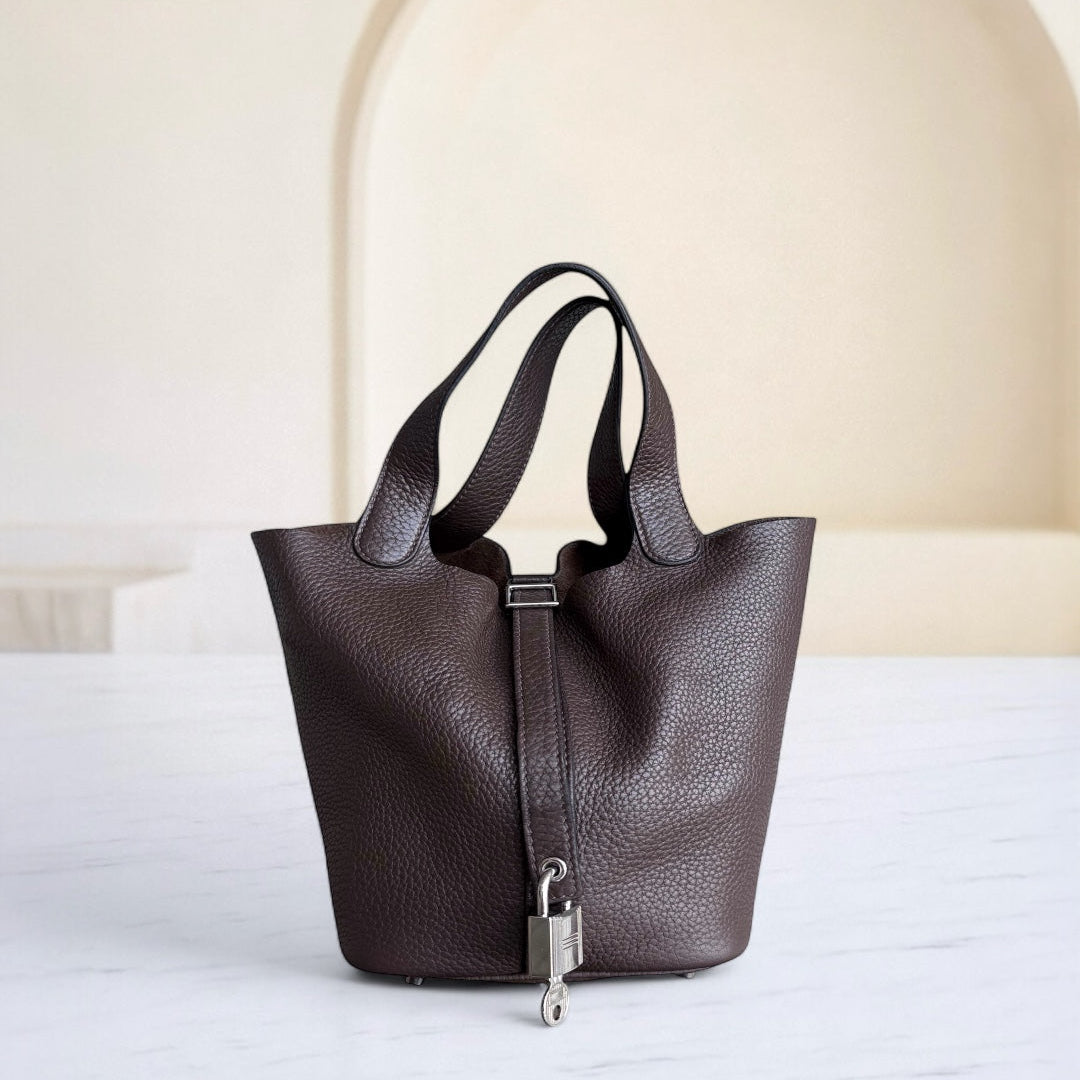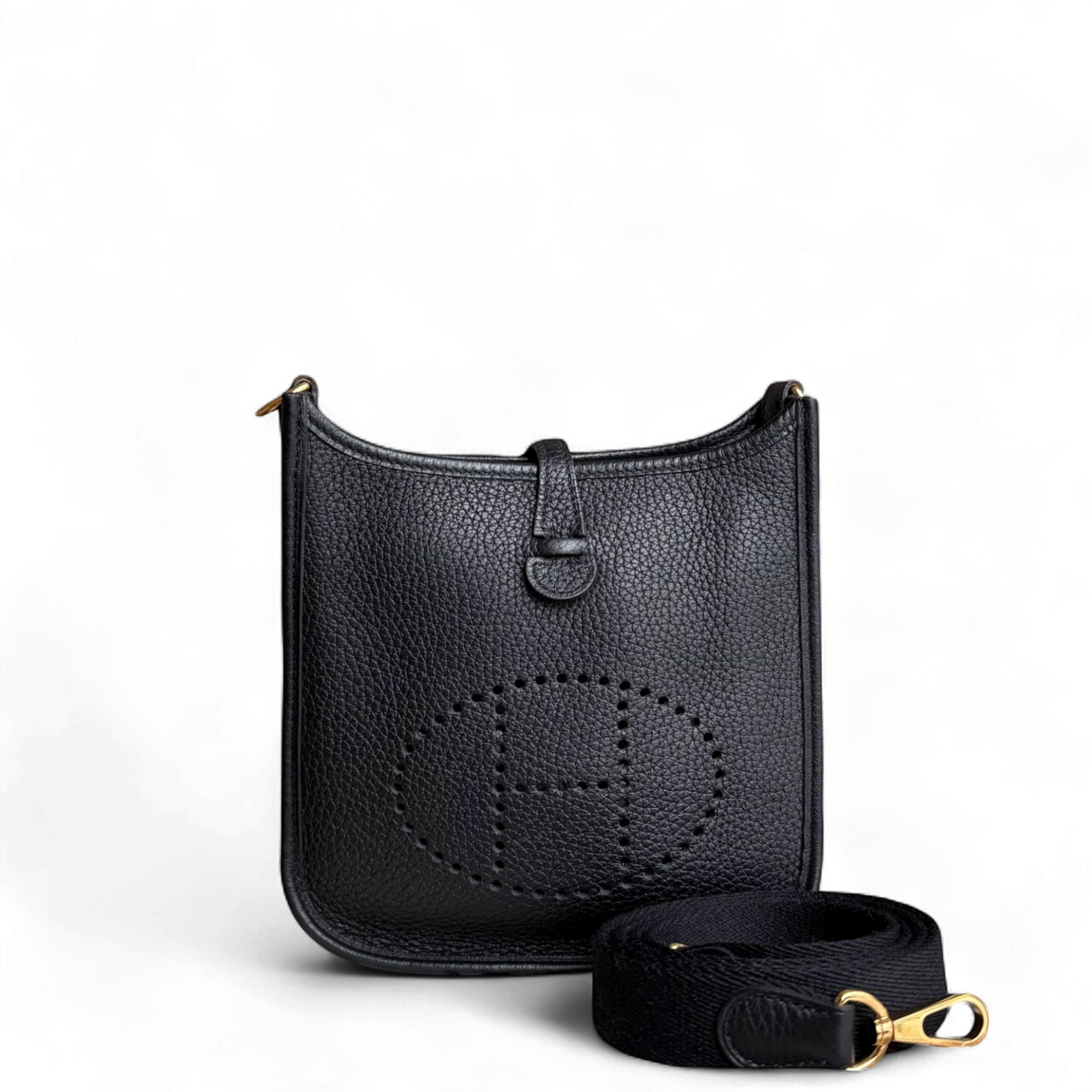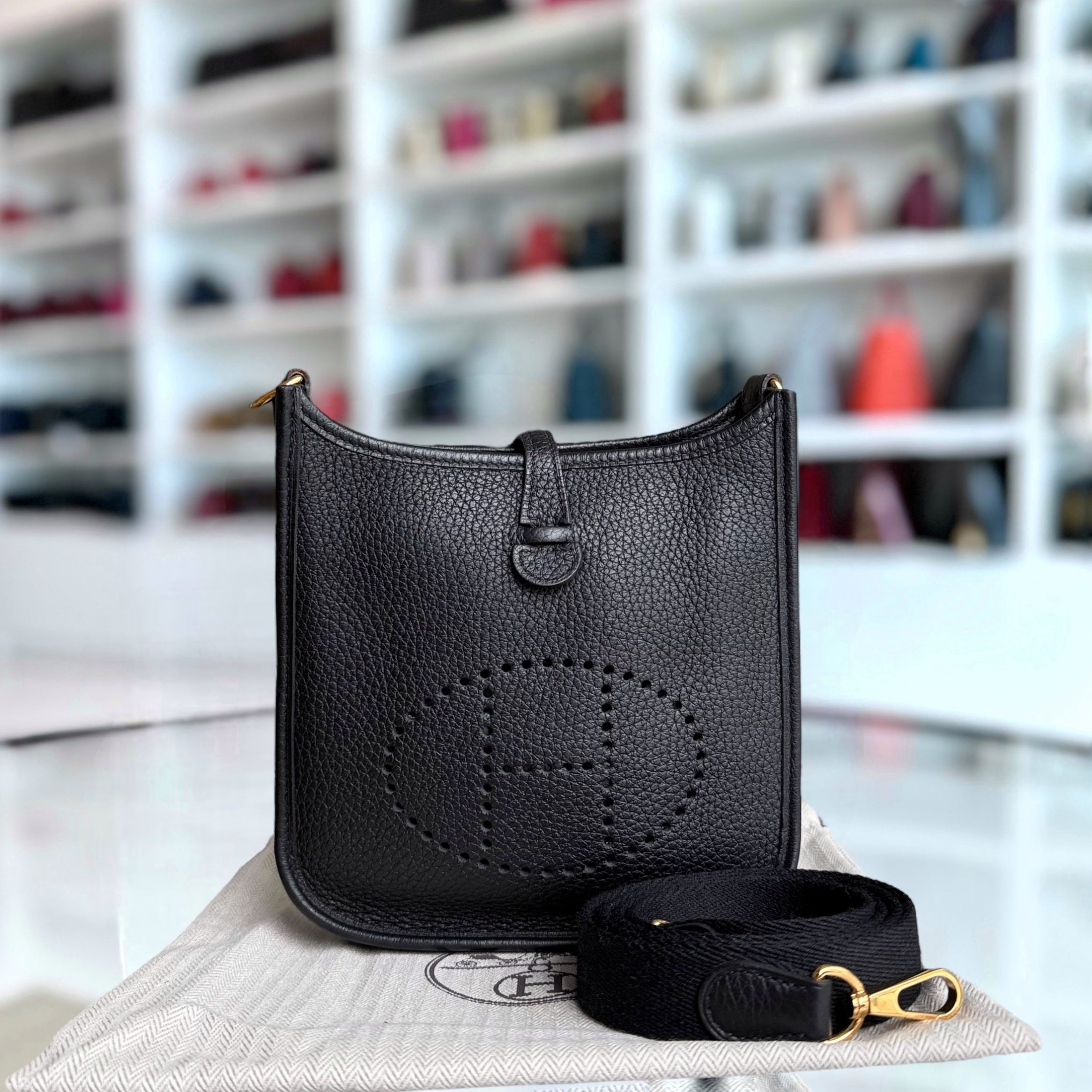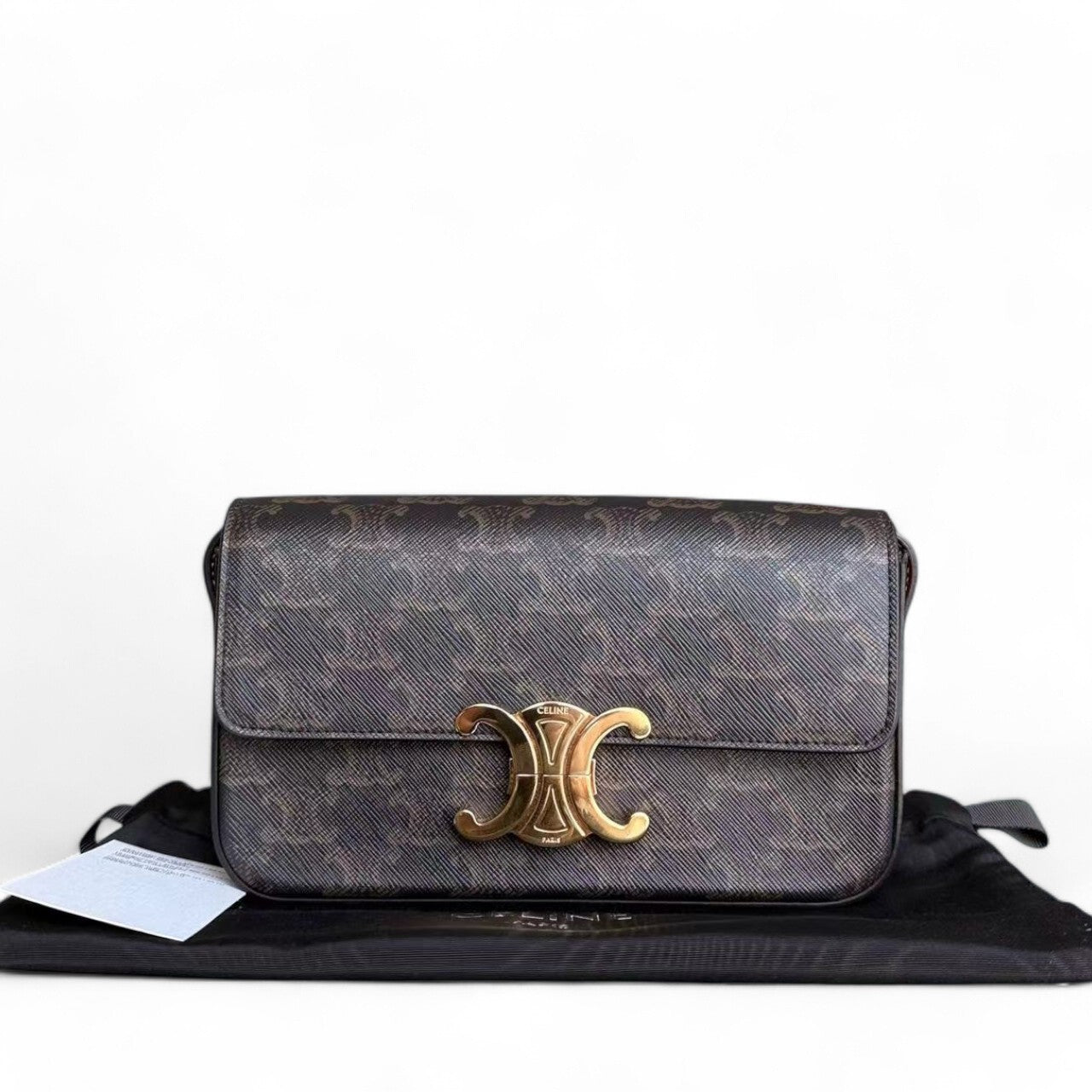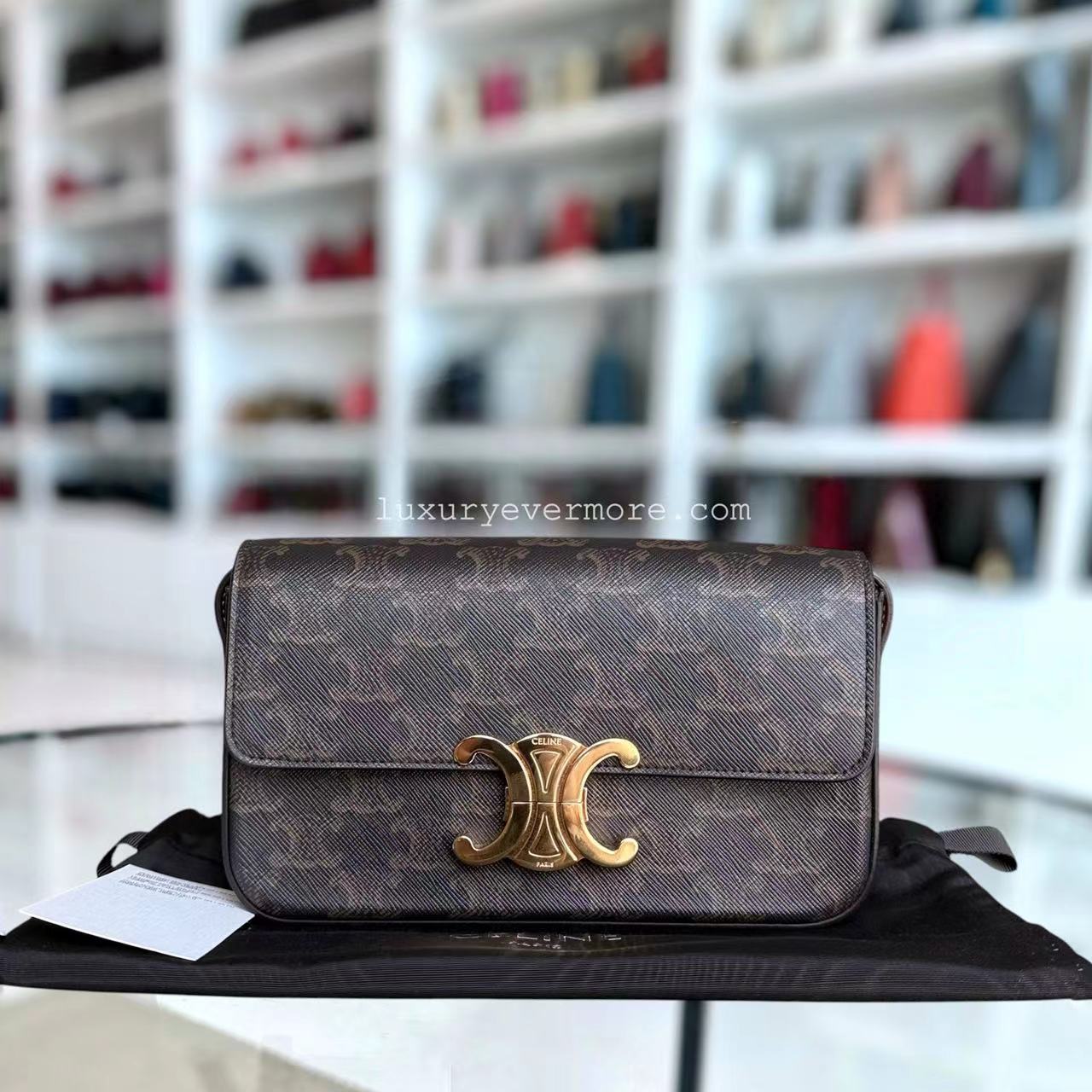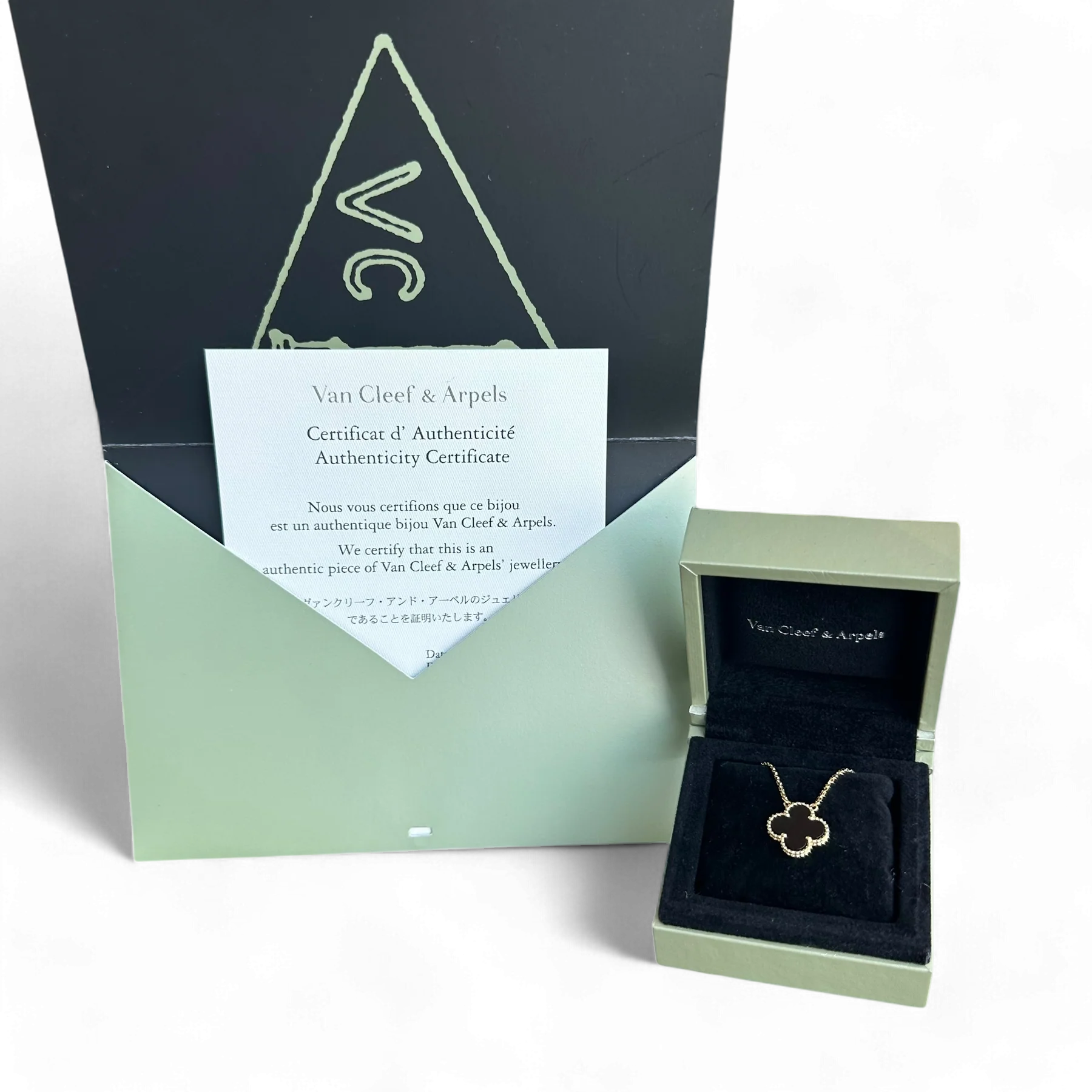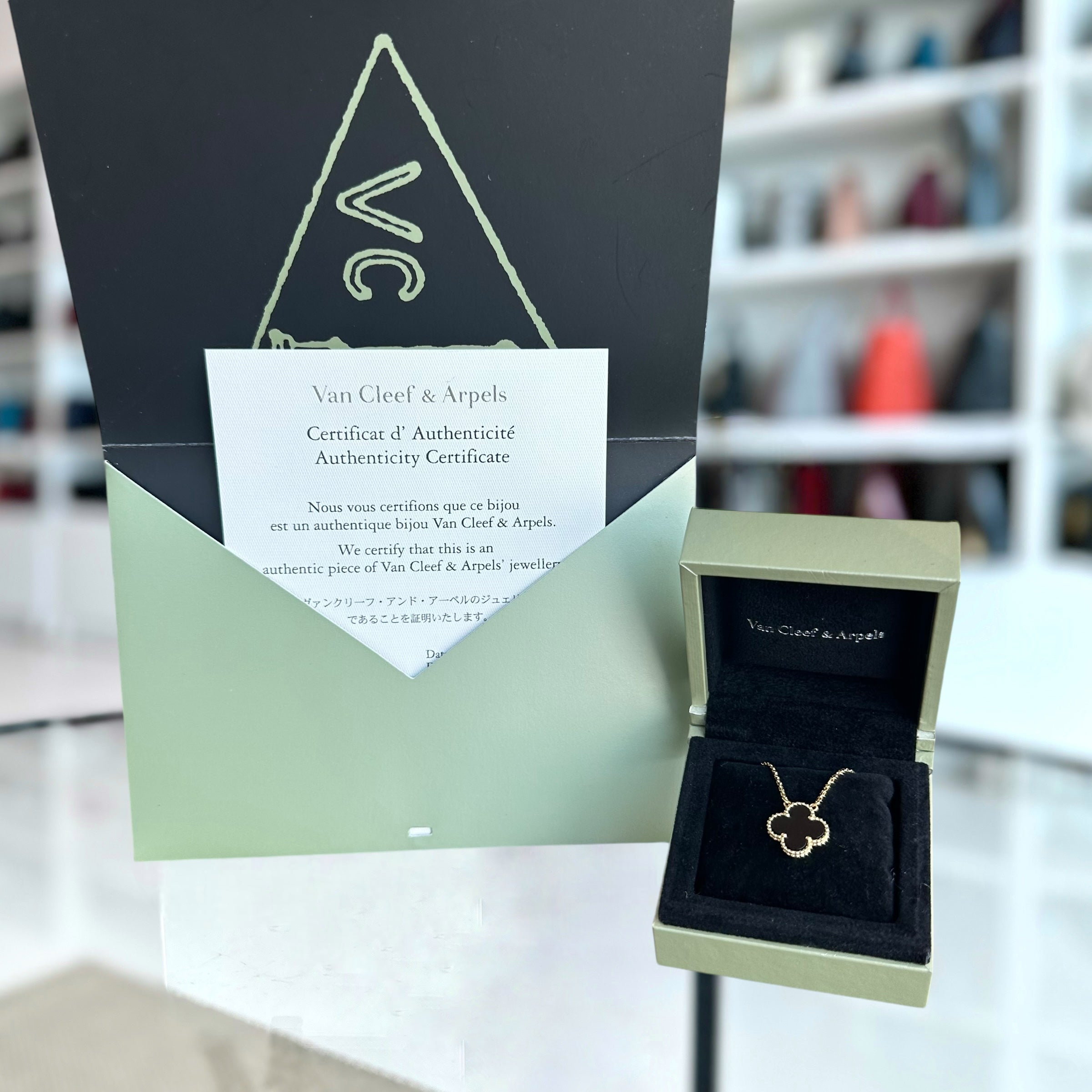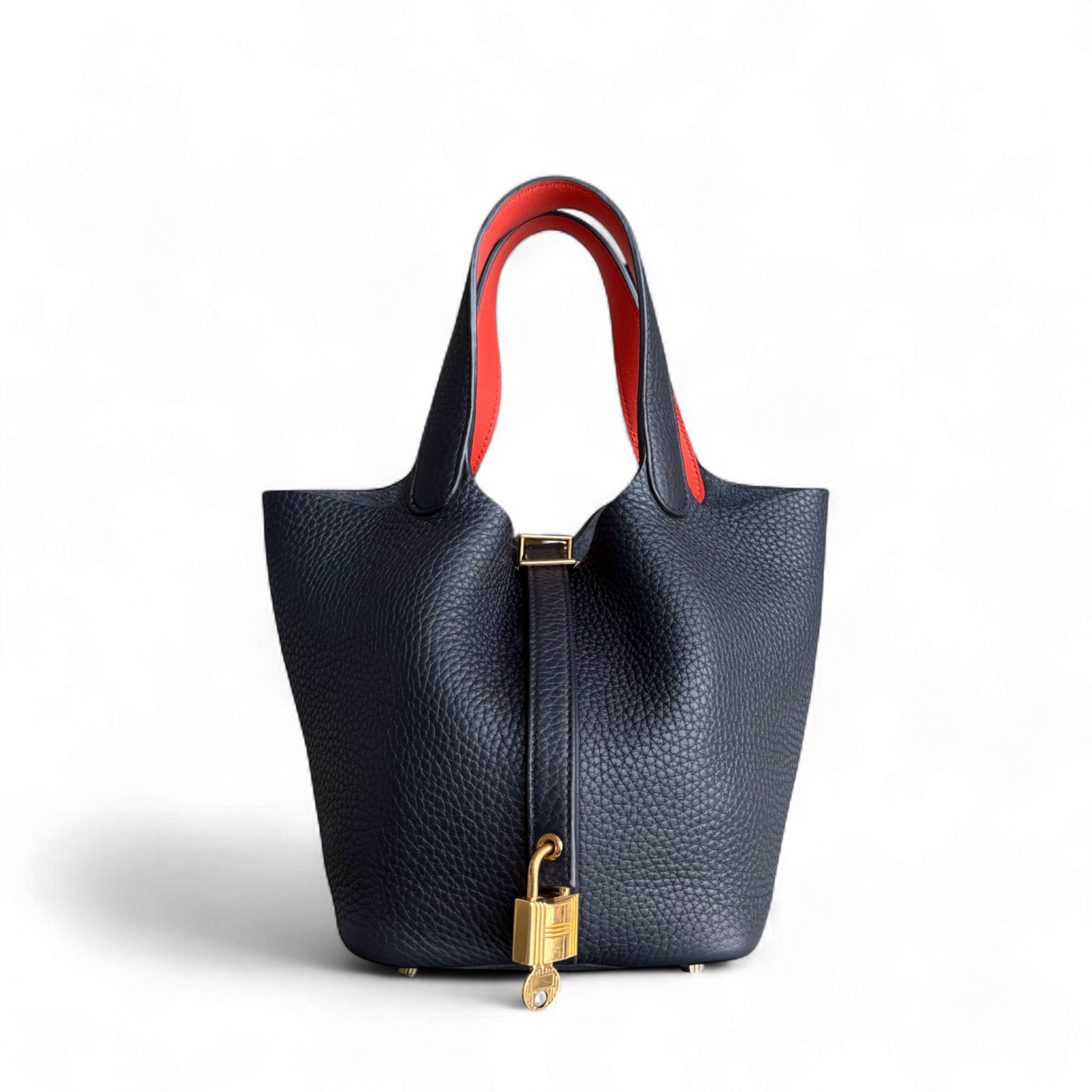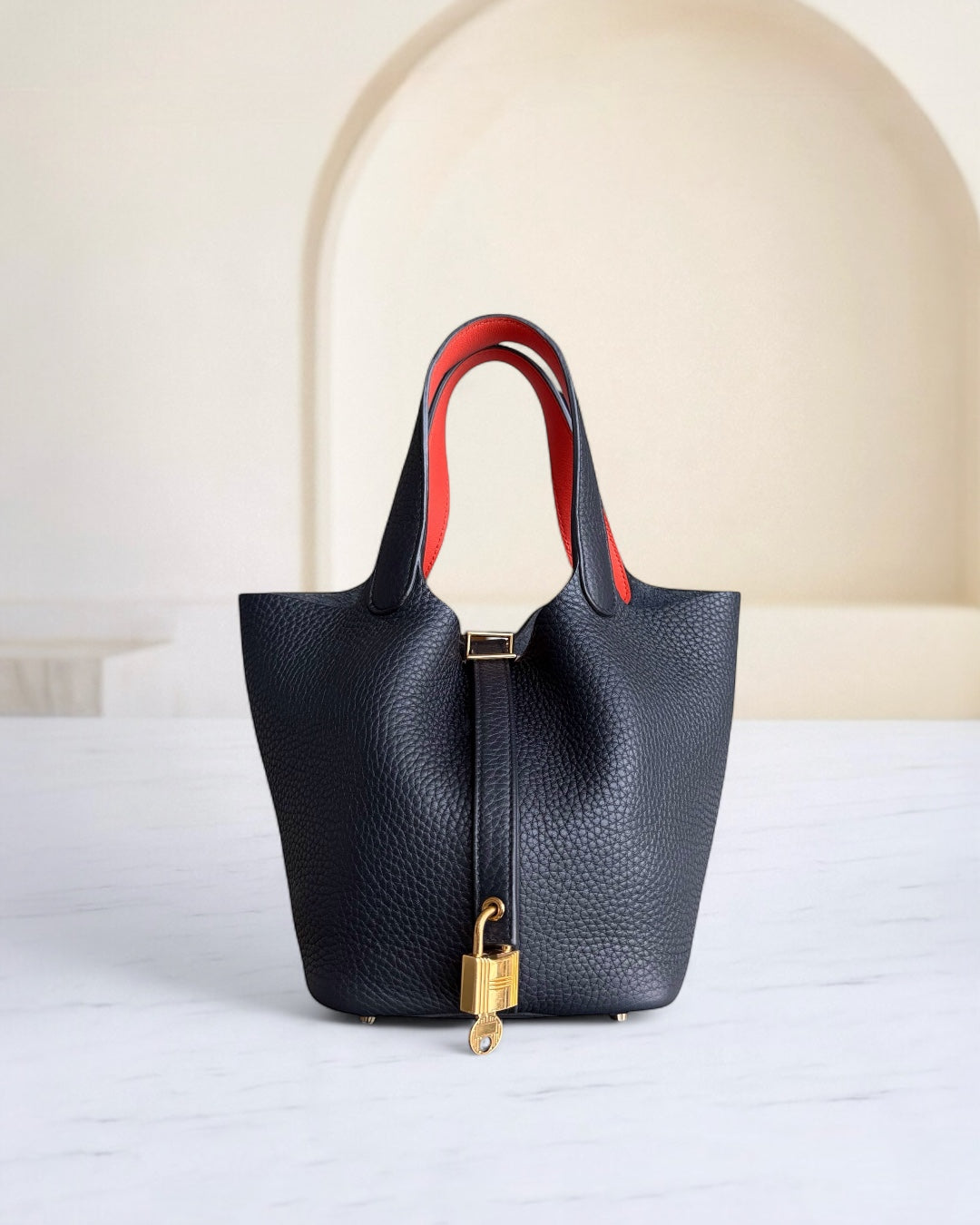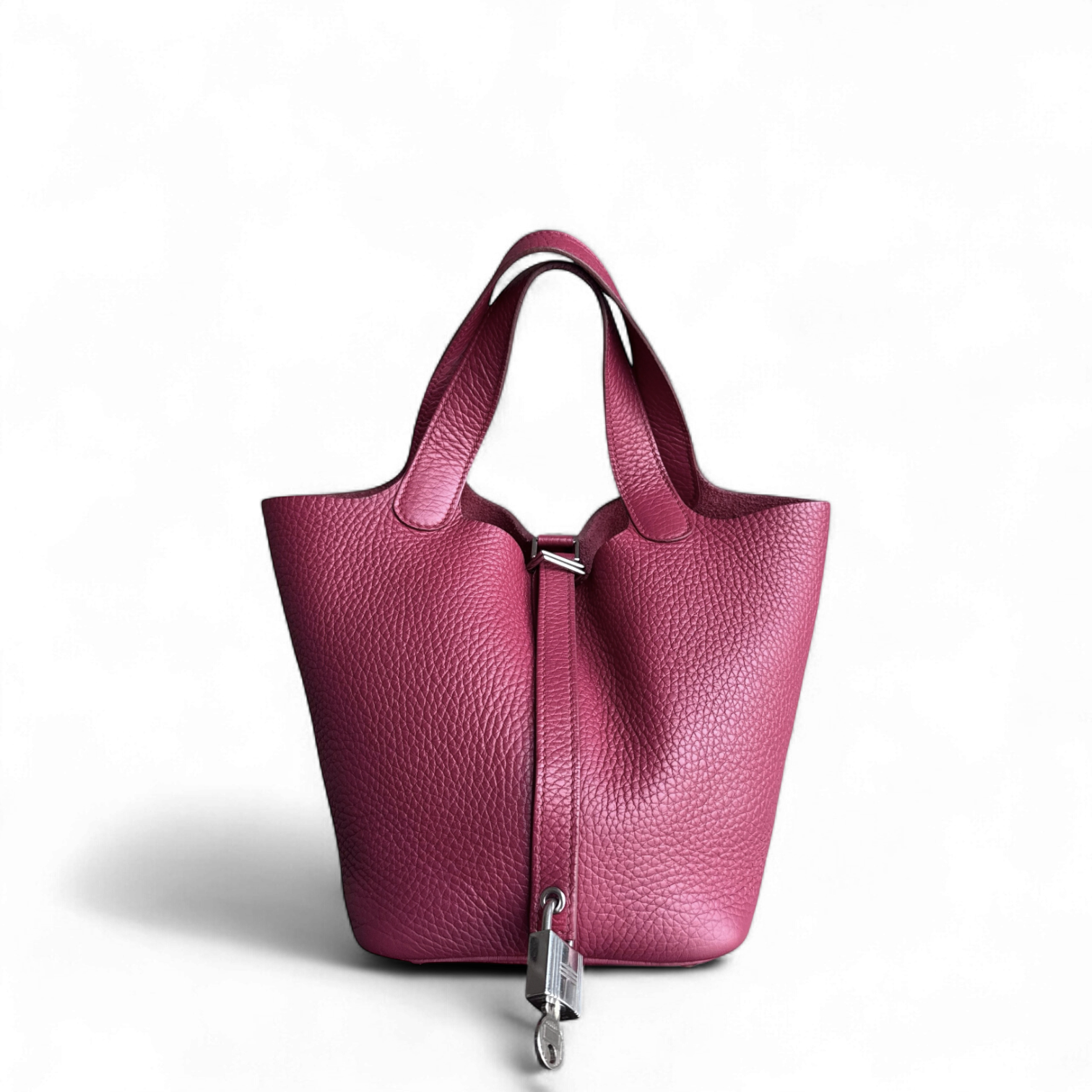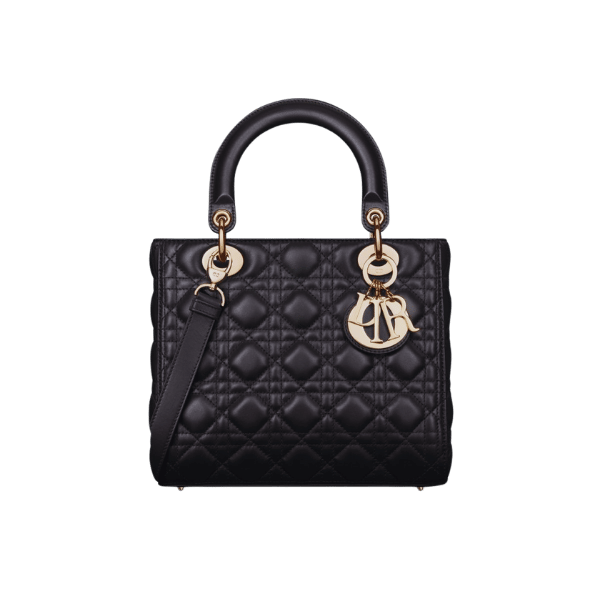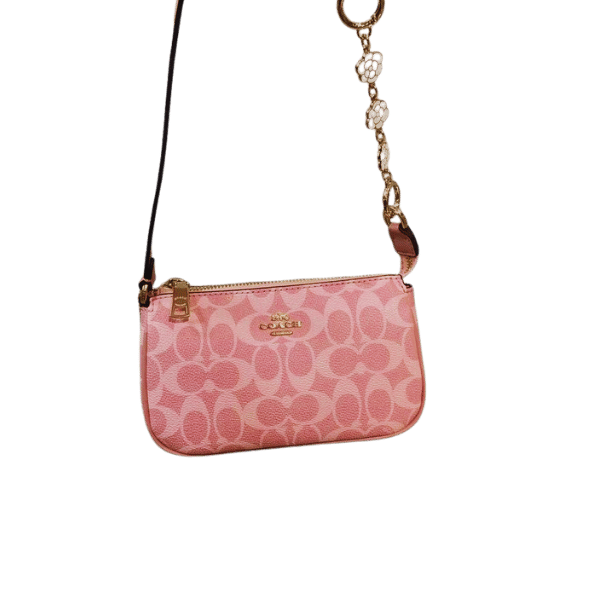How Does Dior Add Value Through Marketing Strategies and Core Values
Dior is a brand synonymous with luxury, modernity, and eternal elegance. Throughout the years, it has established itself as an icon in high fashion and beauty, and an impeccable innovator of proficient marketing initiatives that lie at the heart of the brand's philosophy. In this article, we examine how Dior utilizes its brand identity, heritage, and customer-centric approach to generate substantial value in the highly competitive luxury market today. From a deep dive into storytelling and digital transformation to sustainability and inclusivity, this discussion will explore the components that ensure the enduring global appeal of Dior. An excellent treat for marketing professionals or any curious mind baffled by the workings behind one of the world's most iconic names, the blog will provide a broader perspective on how Dior remains a distinct entity.
Introduction to Dior's Brand Legacy

Christian Dior established his fashion house in 1946, and the house has since been considered a synonym for elegance, innovation, and luxury. The release of the revolutionary "New Look" by Dior in 1947 garnered all the attention in the fashion world of the time, emphasizing femininity and elegance, hence placing Dior as the leading brand in haute couture. Over time, Dior has established an impeccable reputation for combining artisanal skills with avant-garde style, while remaining relevant in the competitive luxury market. Today, the label is still a symbol of classical style and creative genius.
The Founding of Christian Dior and the "New Look"
Christian Dior founded his eponymous fashion house in 1946, with the official opening in 1947. The debut collection ushered in the "New Look," a style that emphasized elegance and luxury, marking a significant departure from wartime styles. The "New Look," with its nipped-in waists, full skirts, and emphasis on femininity, revolutionized post-war fashion, positioning Dior as a pioneer in haute couture. The innovative approach was well-received by the world at large, solidifying Dior's status as a household name in fashion and contributing to the brand's legacy as a leader in the luxury industry.
Dior's Evolution into a Luxury Brand
Over the decades, Dior has consistently evolved to uphold its lofty status as a luxury brand, thereby maintaining the pride of its heritage. Dior transitioned from haute couture to ready-to-wear, accessories, fragrances, and cosmetics, the common thread being the house's focus on quality and sophistication. Under the guidance of strategic leaders and designers like Yves Saint Laurent and Maria Grazia Chiuri, the brand has maintained relevancy while paying homage to its iconic heritage. Further strengthening its stature as a symbol of ageless elegance and contemporary luxury are its global expansions and collaborations, making Dior the face of luxury in the fashion and leather goods industries.
Global Influence in the Luxury Market
Dior achieved global significance in luxury marketing by simultaneously aligning itself with innovations and consumer desires, while remaining faithful to its heritage. Its presence spans major international markets, with its lines sold at flagship stores, high-end retailers, and online. Additionally, with a focus on exclusive collaborations, runway presentations, and advertising campaigns, Dior has solidified its position as a defining force in modern luxury. Through such strategies, the brand maintains its utmost desirability across diverse populations, thereby solidifying its position amid competition among luxury brands.
Innovative Product Design and Quality

Craftsmanship Behind Dior Products
At the very basis of Dior's success lies the commitment to fine workmanship. Each product from Dior is crafted with the utmost attention to detail, blending traditional artisanal methods with cutting-edge innovations. In the case of haute couture, pieces are constructed in special ateliers, where a confluence of artisans dedicate hundreds of hours to hand sewing, embroidery, and fitting. These ateliers foster an environment that promotes the creative spirit in tandem with precision, assuring that each garment is an expression of the brand's pursuit of perfection.
Dior goes way beyond mere apparel by offering a refined range of accessories and fragrances. The iconic Lady Dior bag, for instance, undergoes a precise and elaborate process set in motion by artisans working with 140 separate components, all of which are carefully assembled with painstaking care. This type of artisanal labor and time invested in manufacturing forms the heart of one of Dior's most significant marketing strategies. Likewise, bottled by master perfumers who select high-quality raw materials to create timeless and elegant scents, are aromas such as "J'adore". The combination of masterful skills with avant-garde technology ensures Dior's pioneering status in the luxury arena, paving the way for products that embody both artistic creativity and exquisite quality.
Modern Technology in Product Design
The manufacturing process has evolved in tandem with product design innovations, as modern technology has introduced new levels of precision, efficiency, and creativity. Advanced tools, such as 3D printing, Computer-Aided Design (CAD) software, and Artificial Intelligence (AI), are used to enhance workflow efficiency and innovate new ways of producing Dior fashion and leather goods. For example, with 3D printing, rapid prototyping is achievable, which reduces not only the time needed for the development process but also the cost of traditional tooling processes. On the other hand, CAD software enables designers to create highly detailed models with greater accuracy, as well as assess the feasibility and functionality of the product, all of which are very important in the fashion and leather goods industry, such as Dior's.
AI algorithms help optimize product design by sifting through vast amounts of data to predict trends, customize features, and enhance performance. A McKinsey report suggests that adopting AI to support the design and manufacturing process can increase productivity by 20-30%. Parallel to this are advancements in VR and AR that have enabled immersive design reviews and real-time collaboration, allowing designers and stakeholders to gain confidence in their refinements with minimal errors.
This intersection reduces production barriers and contributes to sustainability. Many companies strive to ensure sustainability by favoring exact material usage and minimal waste. From there, the ability of design technology continues to invigorate product design, ushering in an era of innovation and adaptability.
Balancing Tradition with Contemporary Trends
Striking a balance between time-honored traditions and modern trends requires a subtler, nuanced approach—a delicate balance that respects the past and embraces innovation. In industrial sectors like fashion, a modernist approach is blended with ancient craftsmanship; for example, AI-based design tools and 3D printing are gaining popularity. Recent data show that 64% of consumers claim to favor products that retain authenticity with their heritage when fused with modernistic elements. Likewise, on the culinary front, fusion food-making represents an avenue for further experimentation with traditional recipes using modern techniques to serve a wide audience without compromising their original aspects.
During the promotion of sustainable practices, traditional methods are also incorporated. To cite just one example, the architectural and construction industries are reviving vernacular methods due to their low energy consumption and minimal environmental impact. Recent developments in materials science have further propelled its use by providing improved wear and performance. Strategizing will be of paramount importance in balancing these opposing forces, preserving cultural identity while accommodating innovation to meet present-day demands. This synergy will result in providing new opportunities for an enterprise to gain a competitive edge and deliver value that lies between history and modern progress.
Marketing Strategies That Enhance Brand Value

Exclusivity and Scarcity in Dior Marketing
Dior sets the premium value for exclusivity and scarcity, thereby lending prestige to the market. The brand launches very limited-edition collections, knowing that Lady Dior handbags or Dior x Air Jordan collaborations would immediately raise demand and urgency among consumers. Reports indicate that for this particular luxury market, products become more appealing as they are perceived as unavailable. Some highly exclusive Dior collections, for example, sell out within hours of their launch, with waiting lists extending worldwide.
Choosing appropriate high-status events and collaborations helps enhance fortification of this position of exclusivity- the limited-edition releases, typically timed with events such as Paris Fashion Week or featuring celebrities, may have limited quantities and specific target groups. Such carves out a path where the allure of Dior's products is heightened, connecting the image with aspirational lifestyles, which, in itself, is an expression of transport-ism for Dior's beauty.
Being able to implement scarcity-based pricing ensures pricing at the highest echelons while simultaneously fostering brand loyalty, indeed a major thrust of Dior's marketing strategy. The gap between demand and supply translates into immediate explosive sales and augments the ratings for higher long-term brand equity of luxury and class.
Storytelling and Emotional Connection in Campaigns
Storytelling engages consumers emotionally, forging deep connections with brands like Dior, allowing storytellers to mirror the brand's history. As narratives draw from values, experiences, or shared aspirations, Dior creates campaigns that will be remembered and relatable. Emotional appeals for love, success, or personal connection can increase customer affinity and enhance brand perception. As a form of advertising, the products are sold with stories. Still, through these stories, Dior establishes a lifelong relationship with its private audience and solidifies its position as a grand luxury brand.
Leveraging Social Media for Engagement
Social media has long remained a critical tool for brands to build connections with their audience and facilitate meaningful interactions. With the help of platforms such as Instagram, TikTok, and Twitter, luxury brands can visually present their wares to millions of users worldwide: an essential service within Dior's marketing framework. Instagram's interactive features include Stories, Reels, and polls, all of which can be used by brands like Dior to generate genuine engagement amongst their followers and receive instant feedback on matters of mutual interest. Recent studies have shown that over 70 percent of consumers use social media platforms to research products, forcing brands to maintain an active and well-curated online presence.
Furthermore, data-backed strategies radically transform a marketer's ability to target an audience with precision. User preferences, habits, and trends are recognized by sophisticated algorithms and analytical instruments, which enable brands to create content that meets audience expectations. These are proven best for videos, live sessions, and collaborations with influencers; influencer marketing is projected to reach $21 billion by 2025. Luxury brands must utilize these digital tools and strategies to forge stronger customer bonds, expand their reach, and remain relevant in this ever-evolving digital landscape.
Sustainability Initiatives

Dior's Goals for Carbon Footprint Reduction
Dior boasts very ambitious sustainability goals to reduce the brand's carbon footprint and thus contribute to the global effort to mitigate climate change. The brand is committed to reducing greenhouse gas emissions that pollute the atmosphere throughout its entire value chain, from raw material sourcing to production and distribution. Dior pledges a 46% reduction in carbon emissions between now and 2030, across all fronts, in line with the Science Based Targets initiative (SBTi) guidelines.
Dior shall focus on major strategies to achieve these goals, including intensifying the use of renewable energy in its facilities and adopting circular economy principles. More importantly, Dior is currently investing heavily in green packaging to make all packaging recyclable, reusable, or compostable by 2030. It also works closely with suppliers across the materials spectrum, while committing to sustainability for organic, certified sources. Dior strives to apply its initiatives in positioning itself as a leader in responsible luxury and preparing a sustainable future in the fashion category.
Use of Sustainable Materials in Production
The brand prioritizes the use of environmentally friendly fibers, incorporating sustainable fibers into its manufacturing process. It considers organic fabrics, such as organic cotton, which is grown without synthetic pesticides and fertilizers, and with significantly less water usage compared to conventional cotton. Dior also innovatively utilizes recycled materials, such as recycled polyester made from post-consumer plastic waste, to minimize its environmental impact and promote the circular economy.
The utilisation of responsibly sourced wool and certified sustainable silk is the crucial underpinning of Dior's collections. These materials are sourced from suppliers who must adhere to rigorous environmental and animal welfare standards, as accredited by organizations such as the Global Organic Textile Standard (GOTS) or the Responsible Wool Standard (RWS). There is evidence that such developments in production methods yield minimized greenhouse gas emissions, requiring less water consumption during production processes, and less soil degradation from the farming and production of raw materials.
Additionally, trace amounts of toxic chemicals are permitted for use in the dyeing and finishing processes of the house, provided they remain within the limits of safe human exposure, thus ensuring the best products for consumers with the fewest possible environmental contaminants. These efforts demonstrate the brand's comprehensive approach to integrating sustainability into its supply chain, promoting responsibility throughout the entire production process and setting a landmark in the luxury fashion industry.
Social Responsibility Partnerships
In strengthening its social responsibility identity, Dior has formed notable partnerships. Working alongside stakeholders such as UNICEF, Dior supports programs that promote education, gender equality, and the prevention of child exploitation in vulnerable regions. Moreover, the Red Cross is also associated with the brand in times of humanitarian crises to ensure that aid reaches communities on time and efficiently, giving Dior an additional marketing edge in social responsibility.
A notable initiative is Dior Fashion's collaboration with artisanal women's cooperatives. The initiative highlights the societal impact associated with the luxury fashion industry. By partnering with these cooperatives, the company helps create sustainable jobs, preserves traditional craftsmanship, and benefits the local community's economic well-being. These social partnerships help Dior strengthen both the social framework of communities and a robust ecosystem of human rights and inclusiveness, thereby aligning Dior's practices with recognized global ethical standards.
Collaborations with Artists and Other Brands

Strategic Partnerships to Enhance Brand Value
Dior has been utilizing strategic collaborative interventions to sustain its presence in the luxury market. Collaborations with artists, designers, and other brands bring innovation and uniqueness to a product; this diversity within consumer bases would otherwise remain unbridged, as seen in the range of beauty products from Dior. For instance, in collaboration with artist Peter Doig, Doig's distinctive visuals were translated into fabric designs and accessories in an exclusive collection, an explicit illustration of Dior's willingness to combine art with fashion.
Dior has co-branded with notable global names, including Nike and Rimowa. The limited Air Dior sneakers, produced in collaboration with Nike Jordan Brand, were one-of-a-kind consumption experiences that went out of stock in no time while grabbing ample media attention, again, collaborating with Rimowa for luxury luggage brought to the fore the very concept of fine fashion plus utility design, catering perfectly to a select traveler that wants style and function.
Such partnerships increase Dior's visibility while strategically providing the company with opportunities to capture new markets and demographics. By fusing the best of world-class artistry with contemporary pop culture and techno edge, Dior remains at the top of fashion as the most keenly competitive luxury goods industry.
Infusing Fresh Perspectives Through Collaborations
A collaboration has formed a strategy for innovation to sustain growth in the luxury fashion industry. Dior actively collaborated with various creative artists, architects, and digital influencers to stay ahead of industry trends. For example, the partnership with artist Daniel Arsham brought together contemporary art and Dior aesthetics to create unique pieces that challenged the traditional concept of design. Similarly, there was the legendary collaboration with Nike’s Air Jordan, which demonstrated how luxury brands can tap into streetwear for the younger generation's appreciation and spirit of accessibility.
Trade sources indicate that collaborations of this sort increase brand engagement exponentially, and co-branded products often sell out within a few hours of their release. Additionally, these partnerships generate positive media attention and social media chatter, with Dior's collaborations typically garnering millions of impressions across multiple platforms. This net serves to keep Dior culturally relevant while establishing the brand as a thought leader in the evolving dynamics of modern luxury.
The Role of Cultural Appreciation in Collaborations
Cultural appreciation plays a significant role in creating partnerships that garner global appeal. Luxury brands like Dior can effectively incorporate exotic cultural elements into their products and campaigns, making them credible and modern. For example, in the global luxury market, there has been a growing demand for designs that reflect local culture, and some reports have stated that products representing regional heritage and craft traditions can lead to a sales increase of up to 20%. Properly conducted collaborations can respect the subtle nuances of the culture from which they borrow, ensuring that the inspiration is fairly and accurately represented.
Dior has been responding to this trend by partnering with African artisans to create a capsule collection that showcases traditional textiles and weaving methods. In doing so, the artistry of a particular community was celebrated, while also contributing to the preservation of its cultural heritage. These research studies have conversely shown that collaborations with an element of cultural appreciation foster more consumer trust and brand loyalty, as audiences tend to reward brands they perceive as making a genuine contribution to the cultural conversation. Therefore, cultural appreciation fuels the creative process, lending public merit to a brand in a much more integrated marketplace.
Frequently Asked Questions (FAQs)
Q: How does Dior increase its brand value through exclusivity?
A: Dior increases its brand value through exclusivity by producing limited collections, the haute couture being the only one, and by offering certain fragrances that are not found anywhere else. This establishes a strong perception of the brand itself, that is, the luxury brand against which other brands are judged. Meanwhile, consumers feel an urgency to buy any Nirvana product that truly appears rare, and this is the pathway down which the marketing mechanism of Dior operates.
Q: What part does the history of Christian Dior play in the marketing strategy?
A: The history of Christian Dior is an essential element that shapes the marketing strategy of the brand. The story of the founder who revolutionized women's fashion in 1946 with the New Look remains resonant with consumers today. By focusing on this heritage, Dior might reach out to its audiences as an acknowledgment of elegance and fine design.
Q: How does Dior maintain a social presence to target high-net-worth individuals?
A: Dior uses social media to court the affluent by serving visually splendid images of its luxury goods. Through endorsements by celebrities such as Jennifer Lawrence, Dior effectively enhances its visibility and desirability among the younger crowd, tailoring its digital marketing efforts to the luxury sector.
Q: What distinguishes Dior's luxury offerings in terms of quality?
A: The distinguishing quality of Dior's luxury products is the highest standards observed in the fabrication of every item, ranging from couture clothes to perfumes and cosmetics. These values of high-quality craftsmanship and attention to detail foster trust and further enhance the brand's standing in the world of luxury fashion.
Q: How does innovation in marketing campaigns generate brand loyalty for Dior?
A: The innovative marketing campaigns of Dior build brand loyalty, creating memorable experiences that endear the consumer. Experiential marketing is utilized in immersive runway shows and interactive digital content, through which Dior reaches the hearts of its customers, fostering a more profound sense of loyalty towards the brand.
Q: What is the impact of the launch of Dior Beauty on the luxury market?
A: The launching of Dior Beauty has a significant impact on the luxury market by providing high-end skincares and cosmetics that stand for sophistication and elegance, the core values of the house. The expansion responds to the increasing demands for luxury beauty while shifting consumer perception towards Dior being an all-encompassing name in luxury.
Q: How does the House of Dior preserve its status as a leading fashion house?
A: The House of Dior has maintained its standing as one of the premier fashion houses by constantly playing with the offerings while never letting go of guarding its heritage. Through the glitz and glamour of runway shows and the allure of collaborations with other top designers, Dior establishes itself as a pioneer in the haute couture industry, asserting its dominance in the realm of luxury fashion.
Q: How does Dior's pricing strategy reflect its luxury branding?
A: From the standpoint of price positioning to provide a luxury image, Dior sets the highest prices for some selective products to show that they are unique and that highly skilled artisans crafted them. This price standpoint tends to attract top-ranking clientele since it sets the image of the house as one of the five-star luxury fashion houses.
Reference Sources
1. Dior Marketing Plan - An elaborate marketing plan document housed on City Tech OpenLab that discusses Dior's promotional strategy and its emphasis on premium clients.
2. Dior Case Study - An academic case study presented on Academia.edu, delineating the use of customer data by Dior and advanced analytics to increase marketing effectiveness.
3. Dior
4. Secondhand Dior in Singapore
Contact Luxury Evermore should you need help with acquiring or building up your collection. There is a variety of brands with different styles, as well as sizes, and colors, for example, Hermes, Chanel, lv and Dior. If you are not lucky enough to find the bag you are looking for on our website then our concierge team will probably be able to order it for you. We provide 100% authenticity guarantee for all our bags, and any item sold on this site will be dispatched to you within one to two business days upon receipt of the payment.
